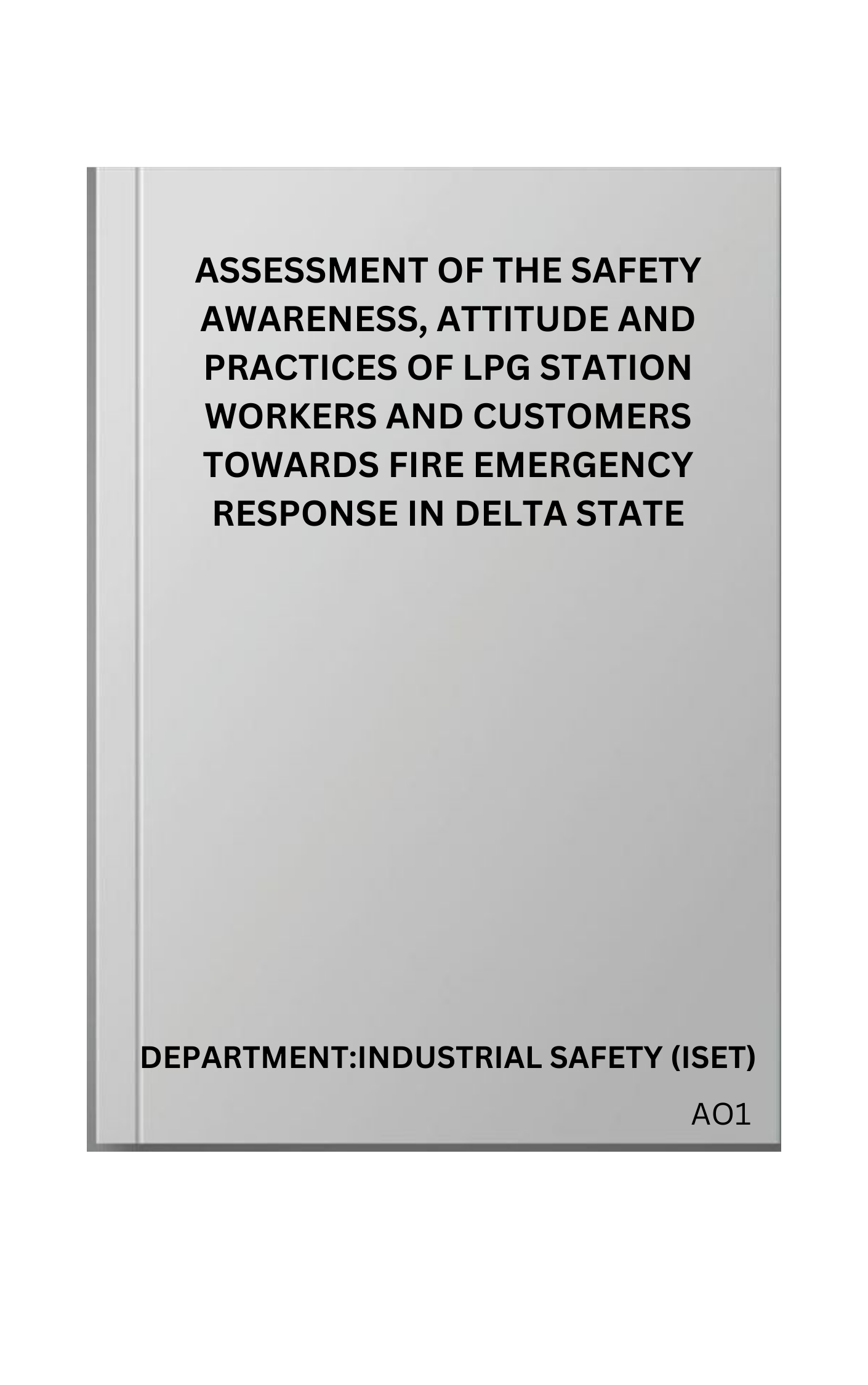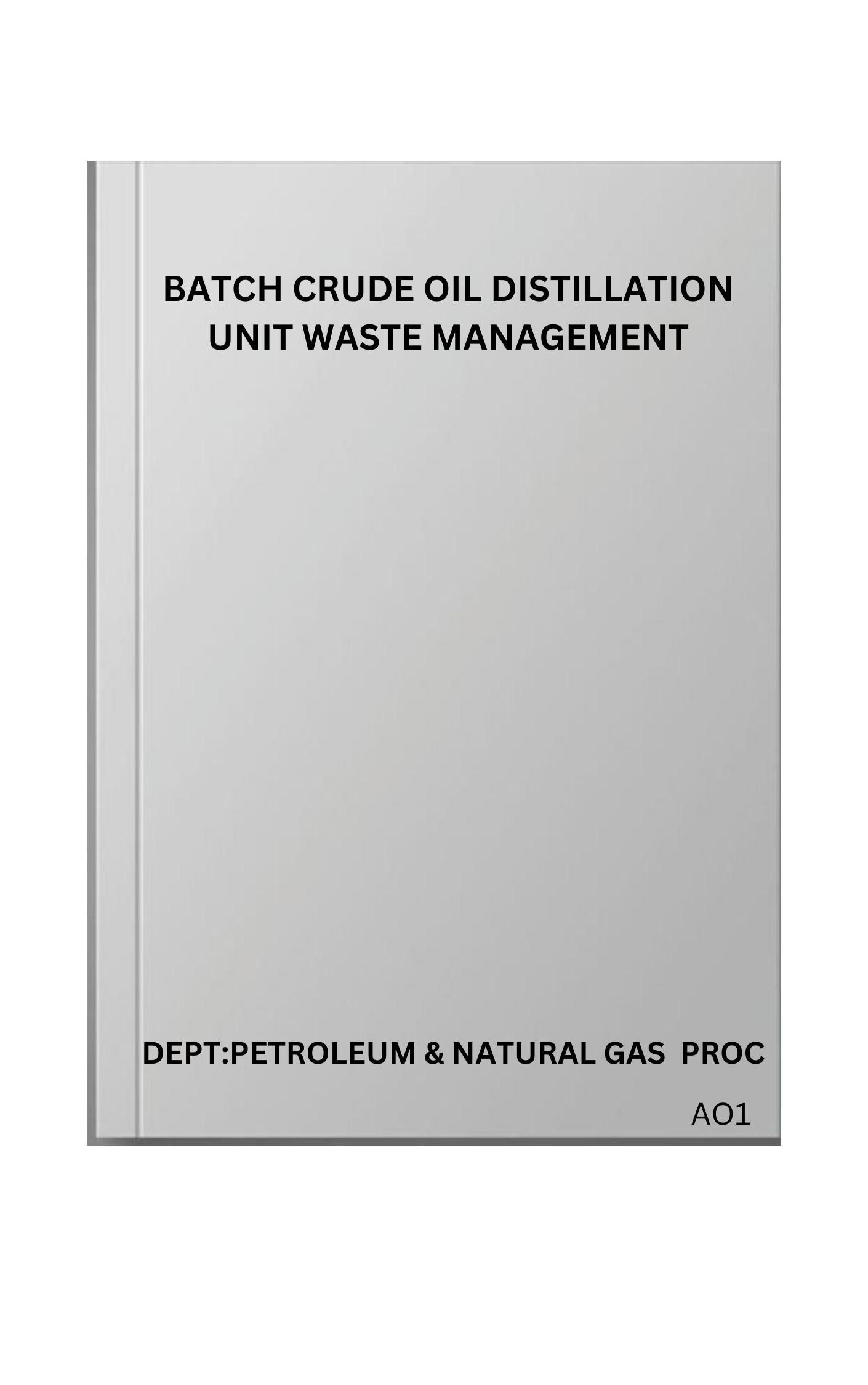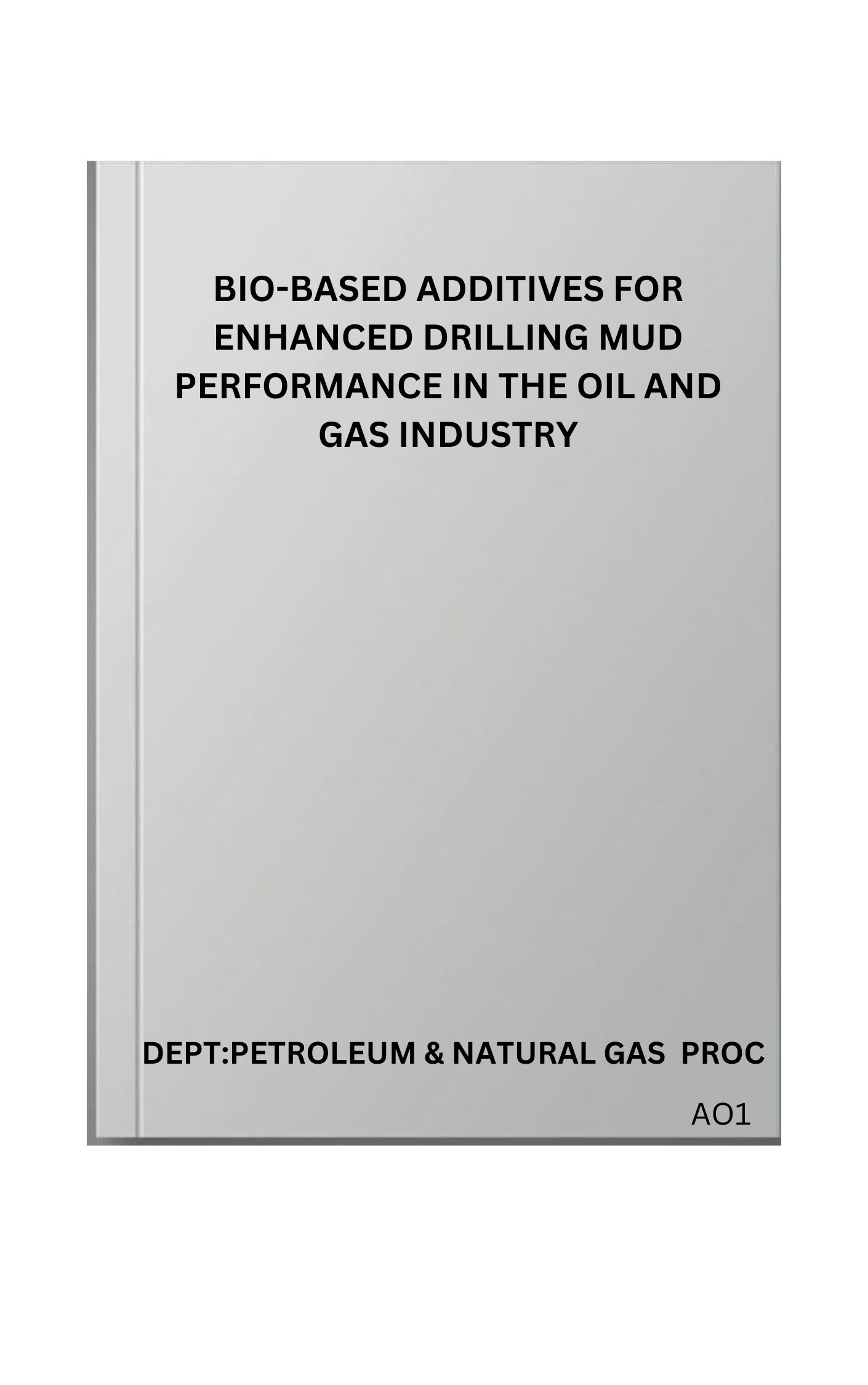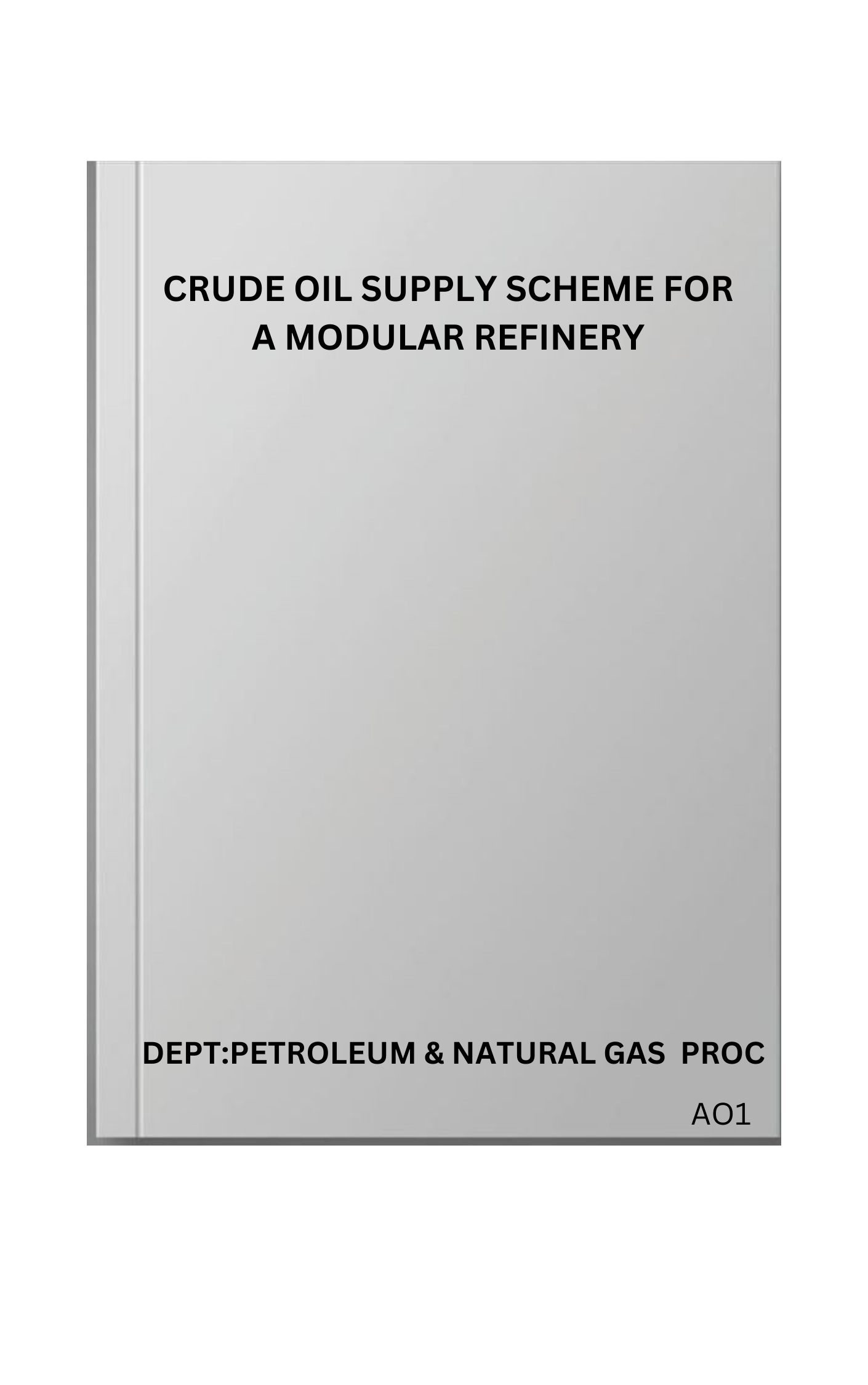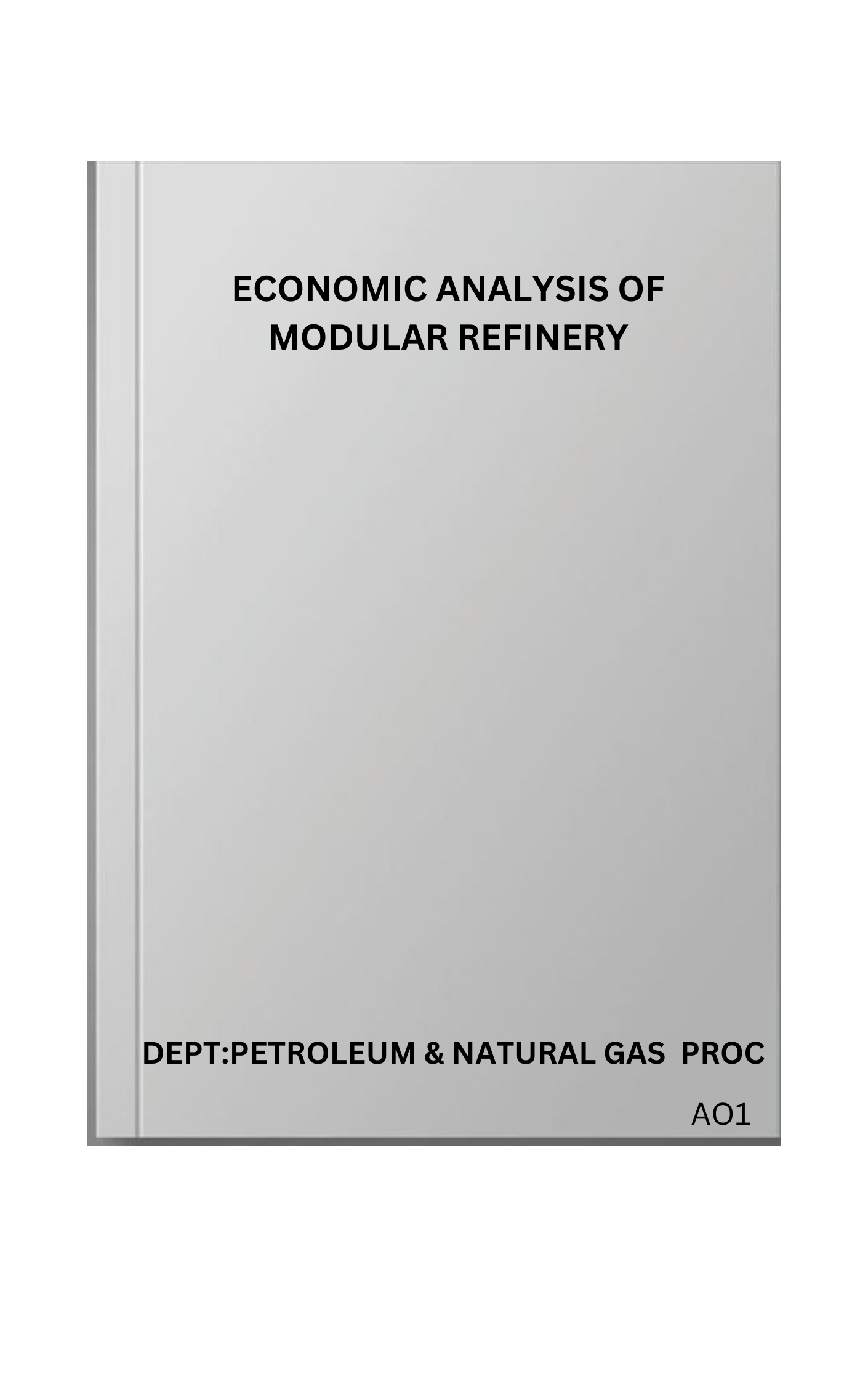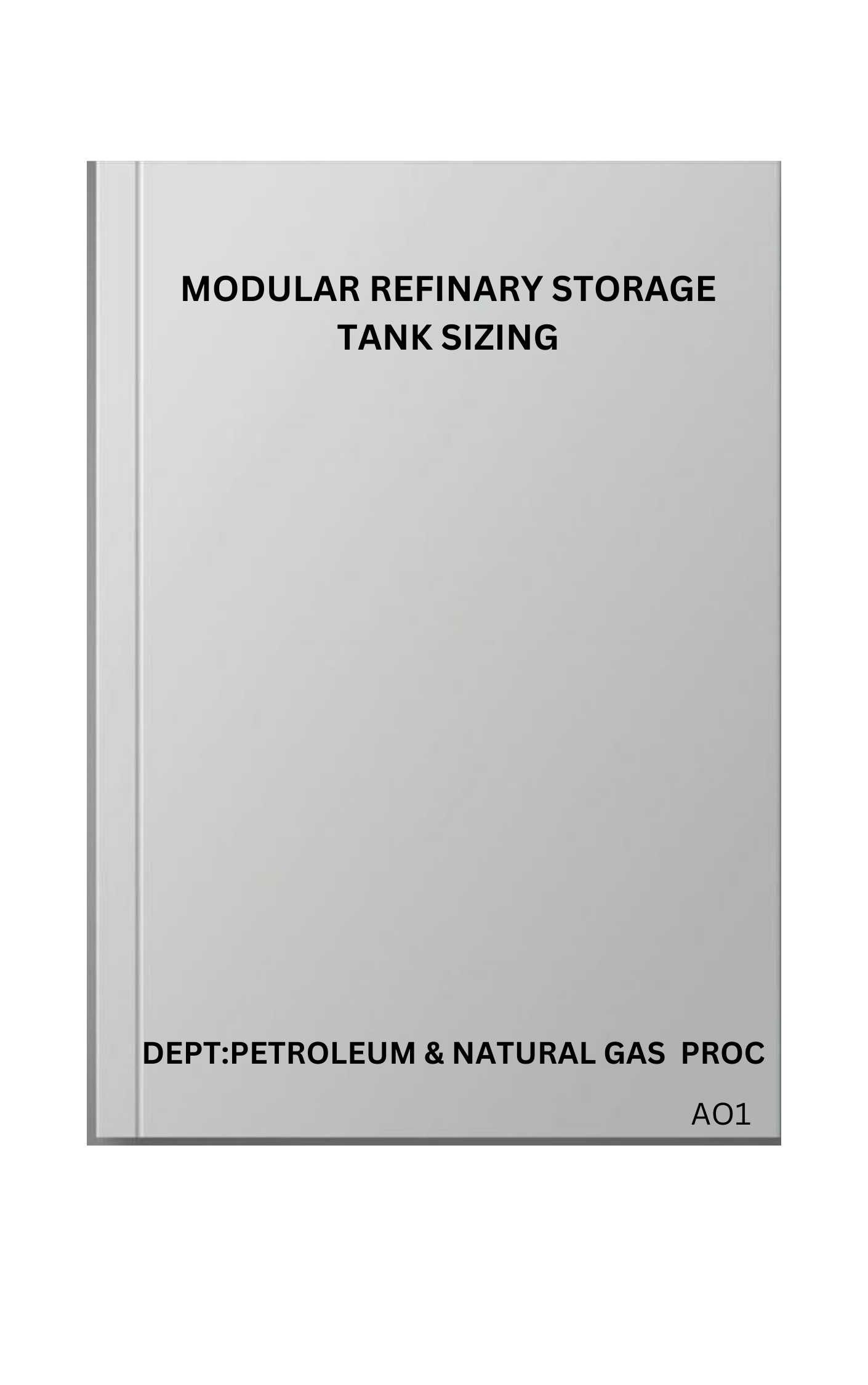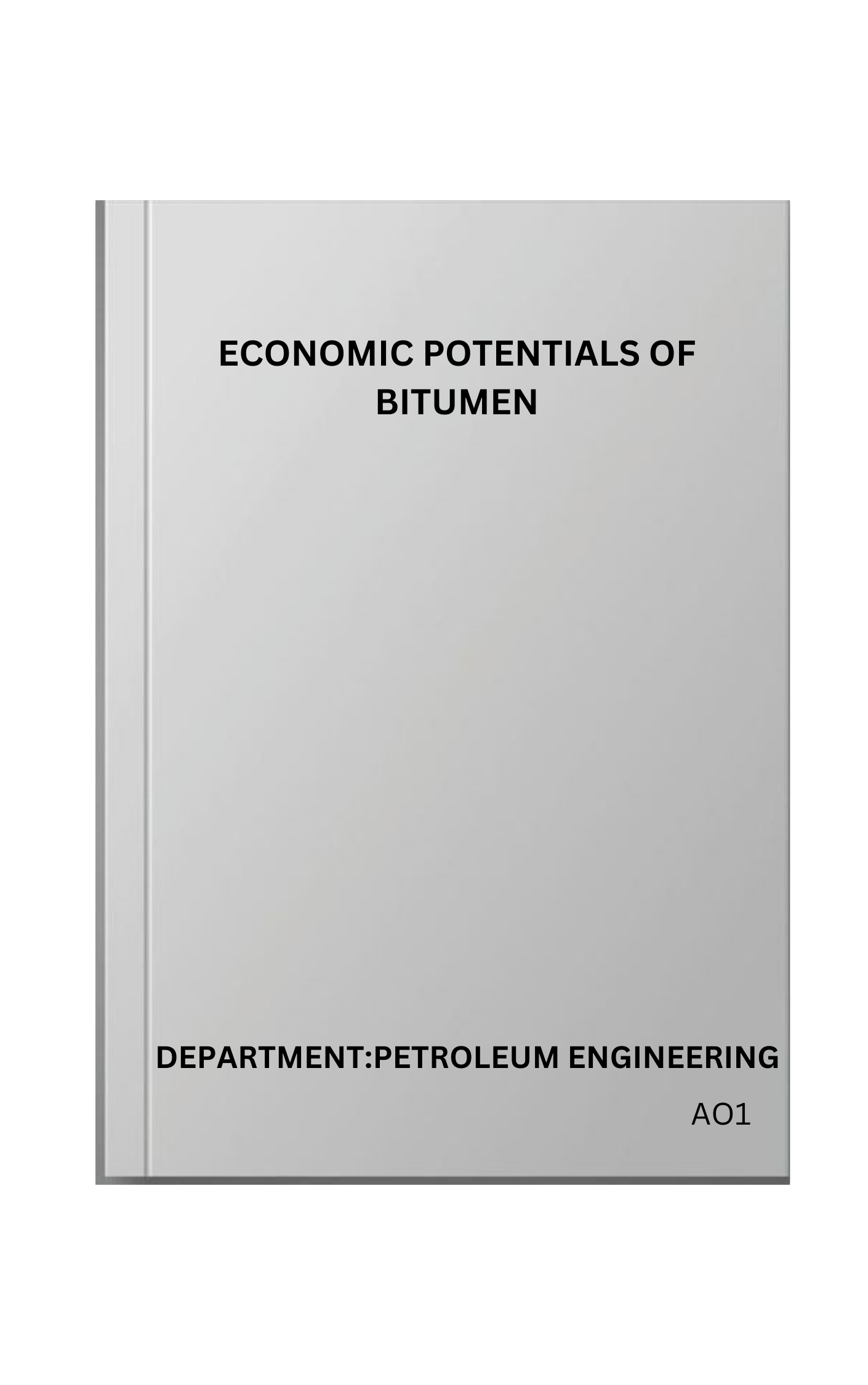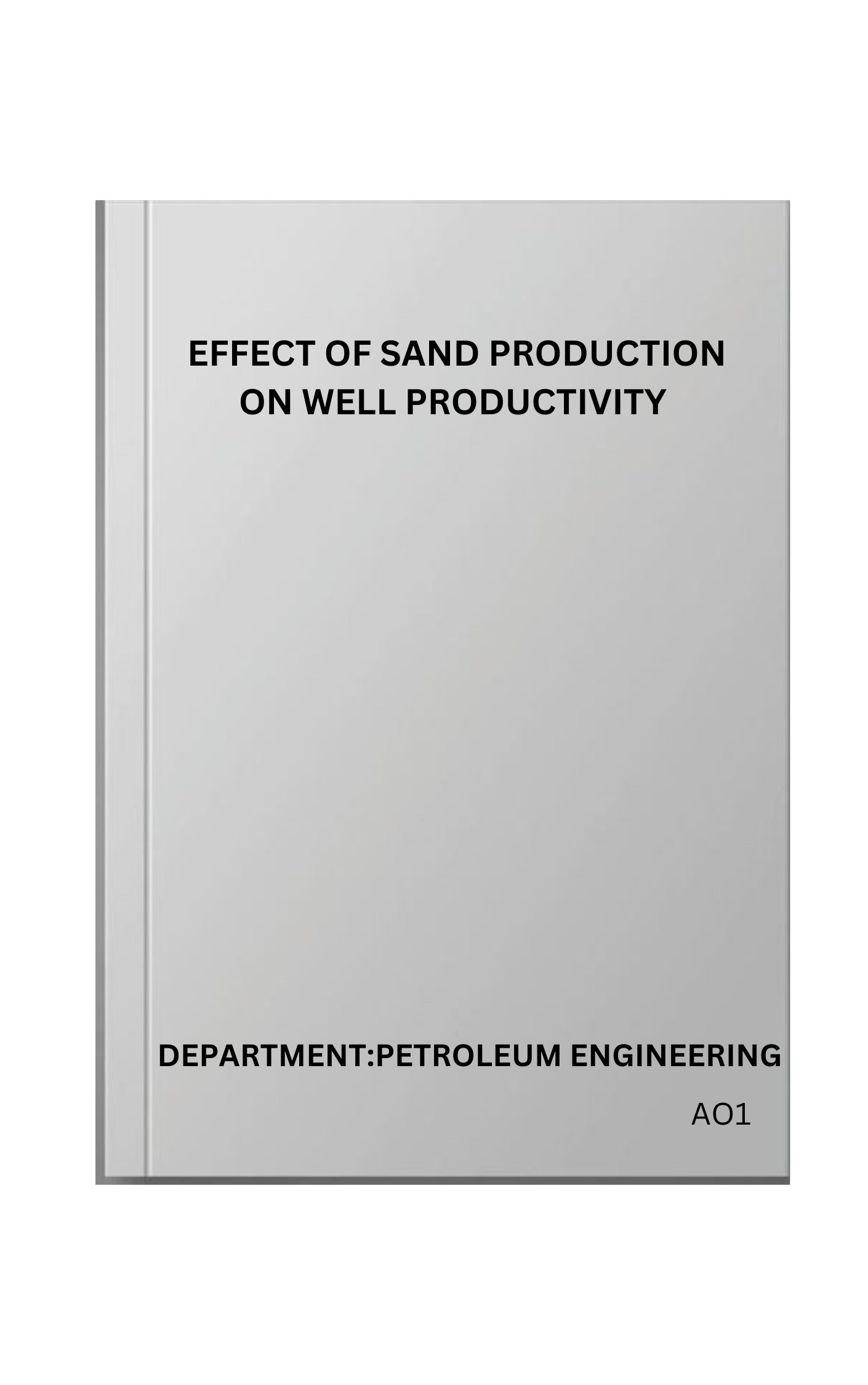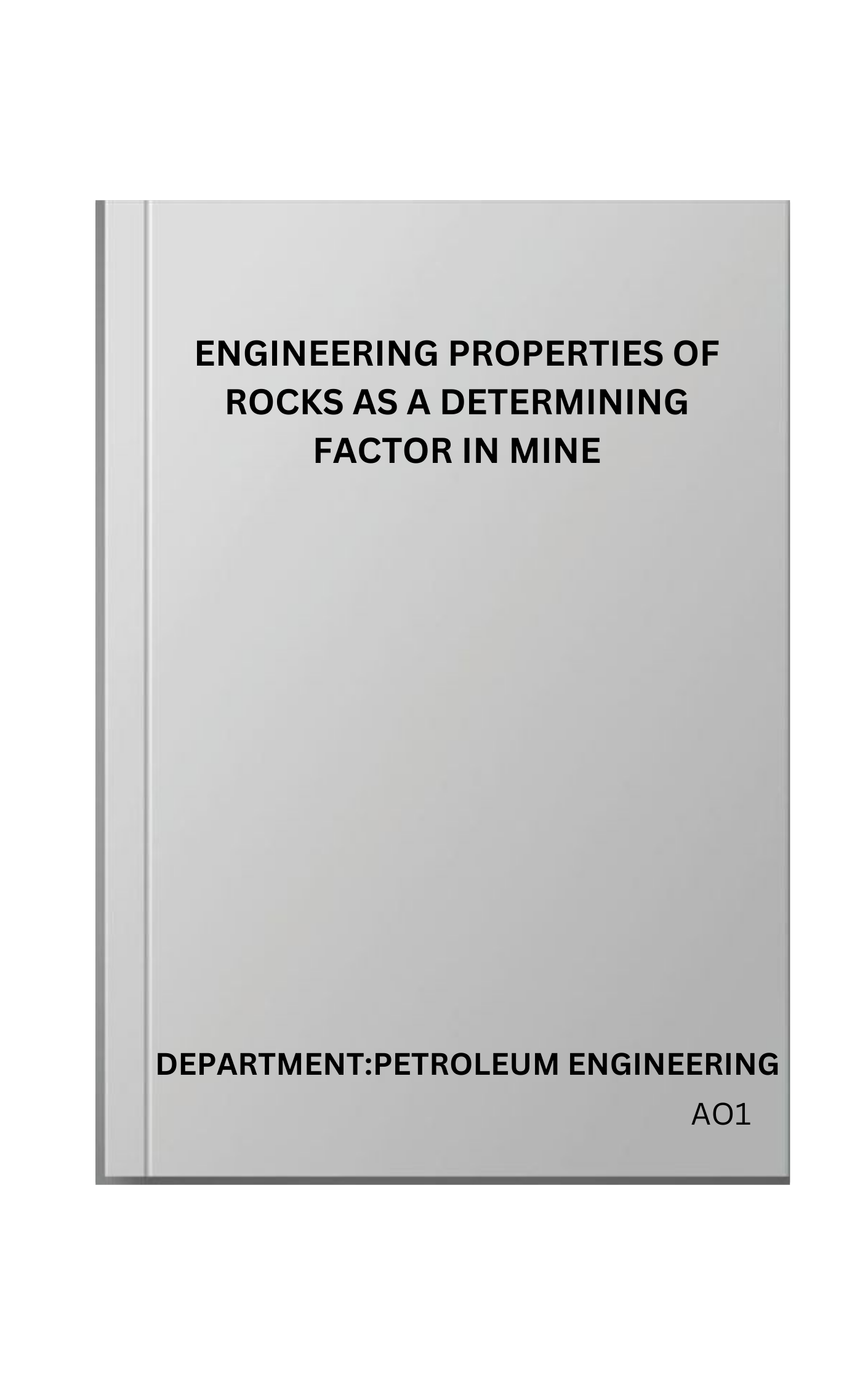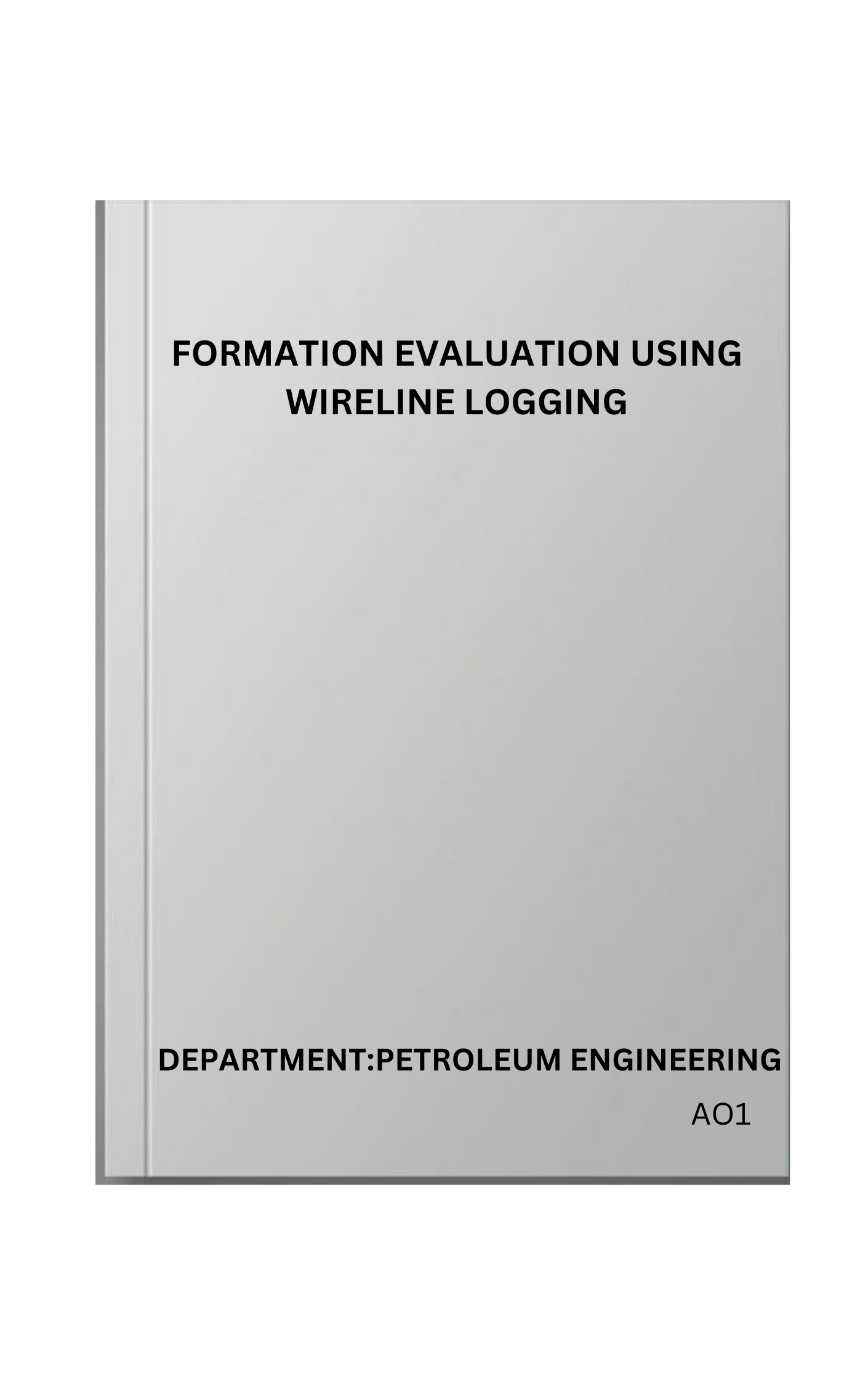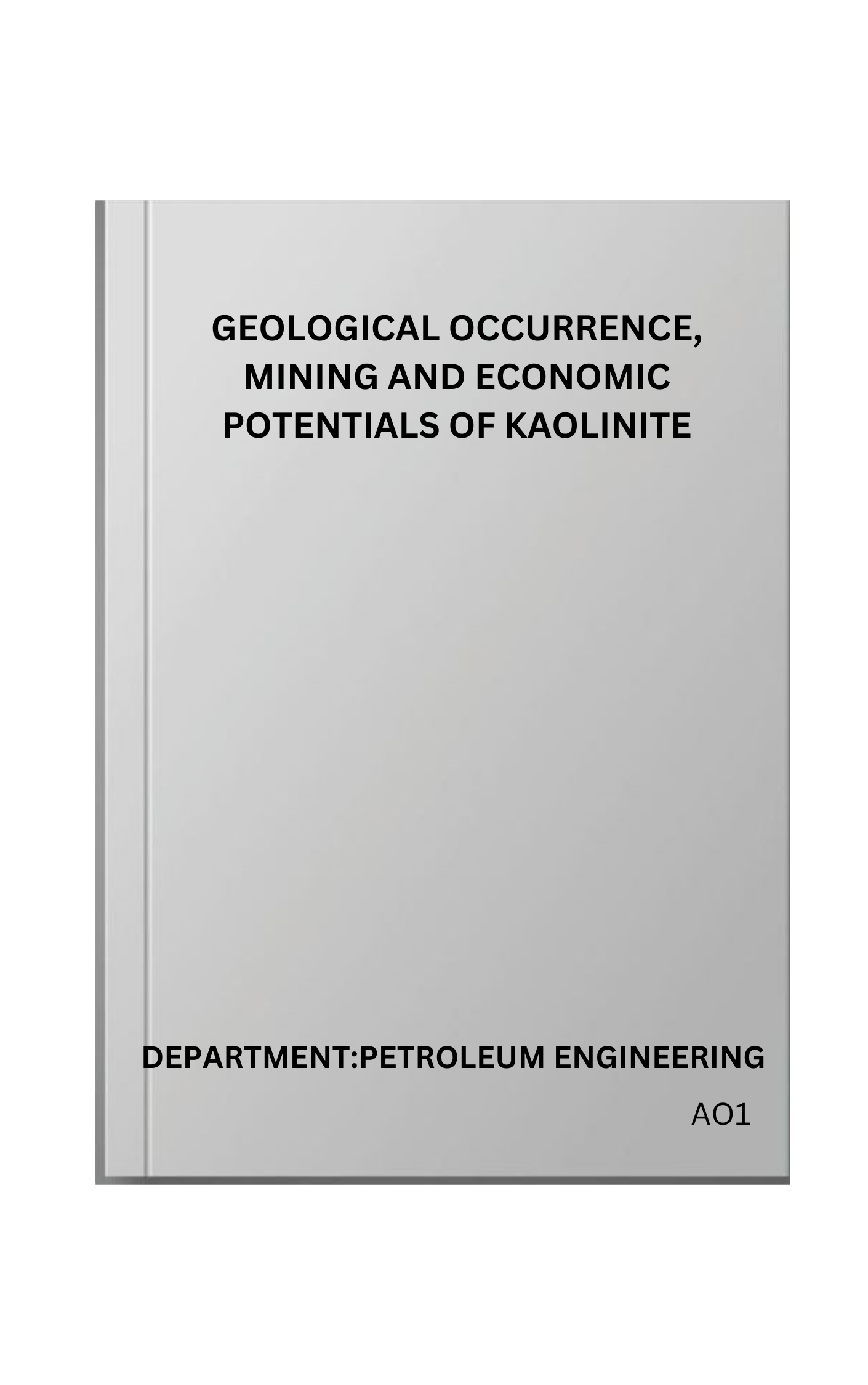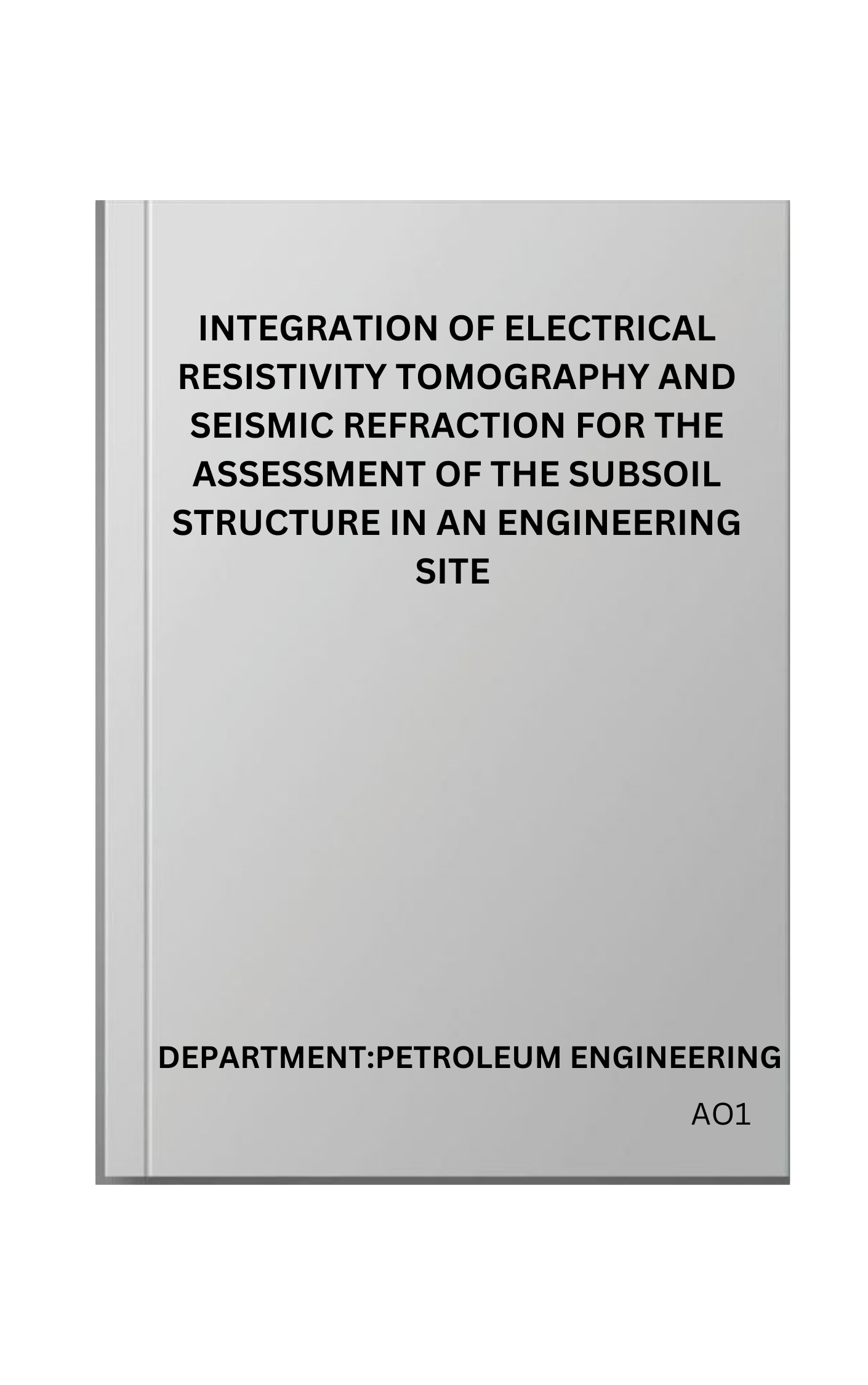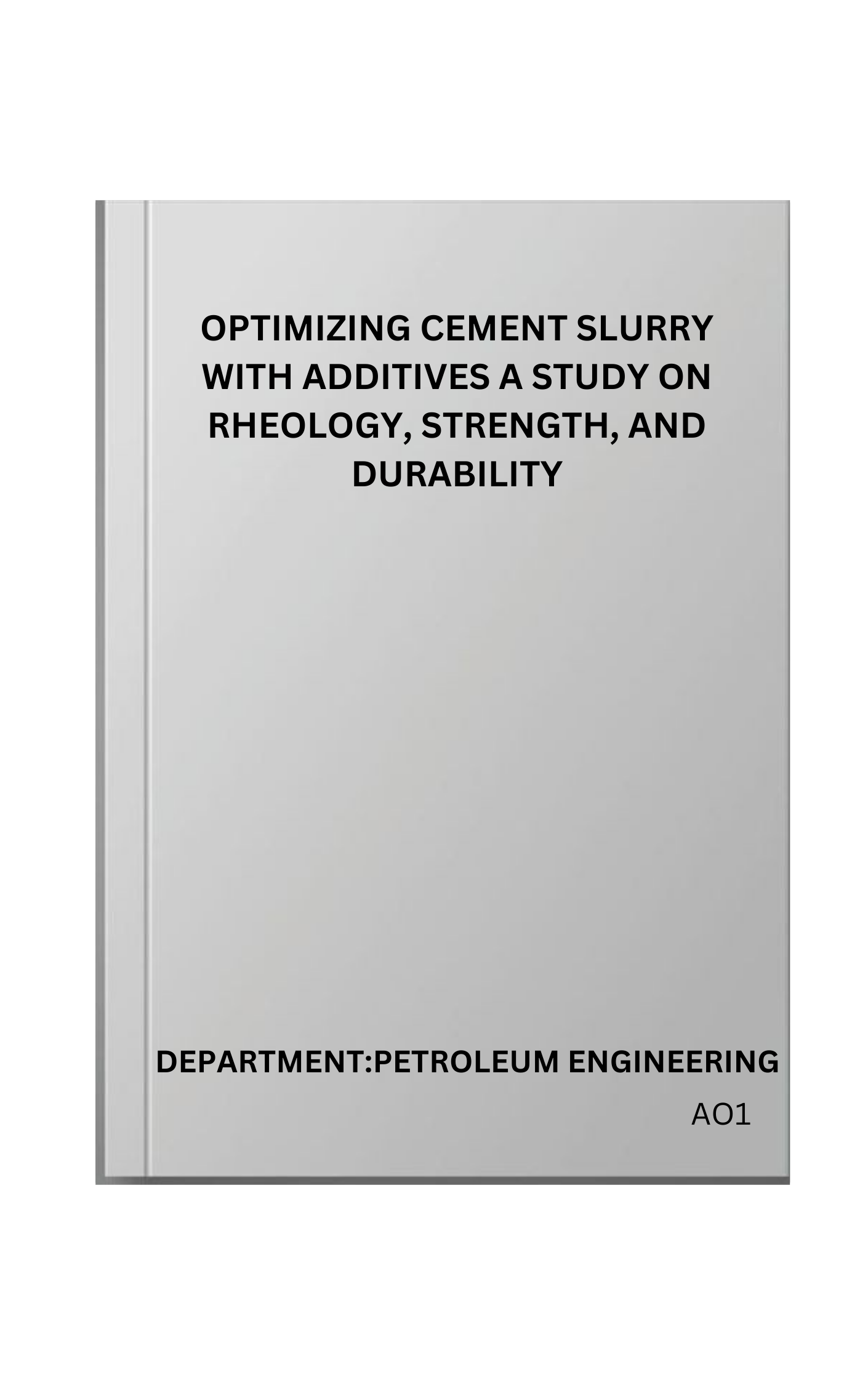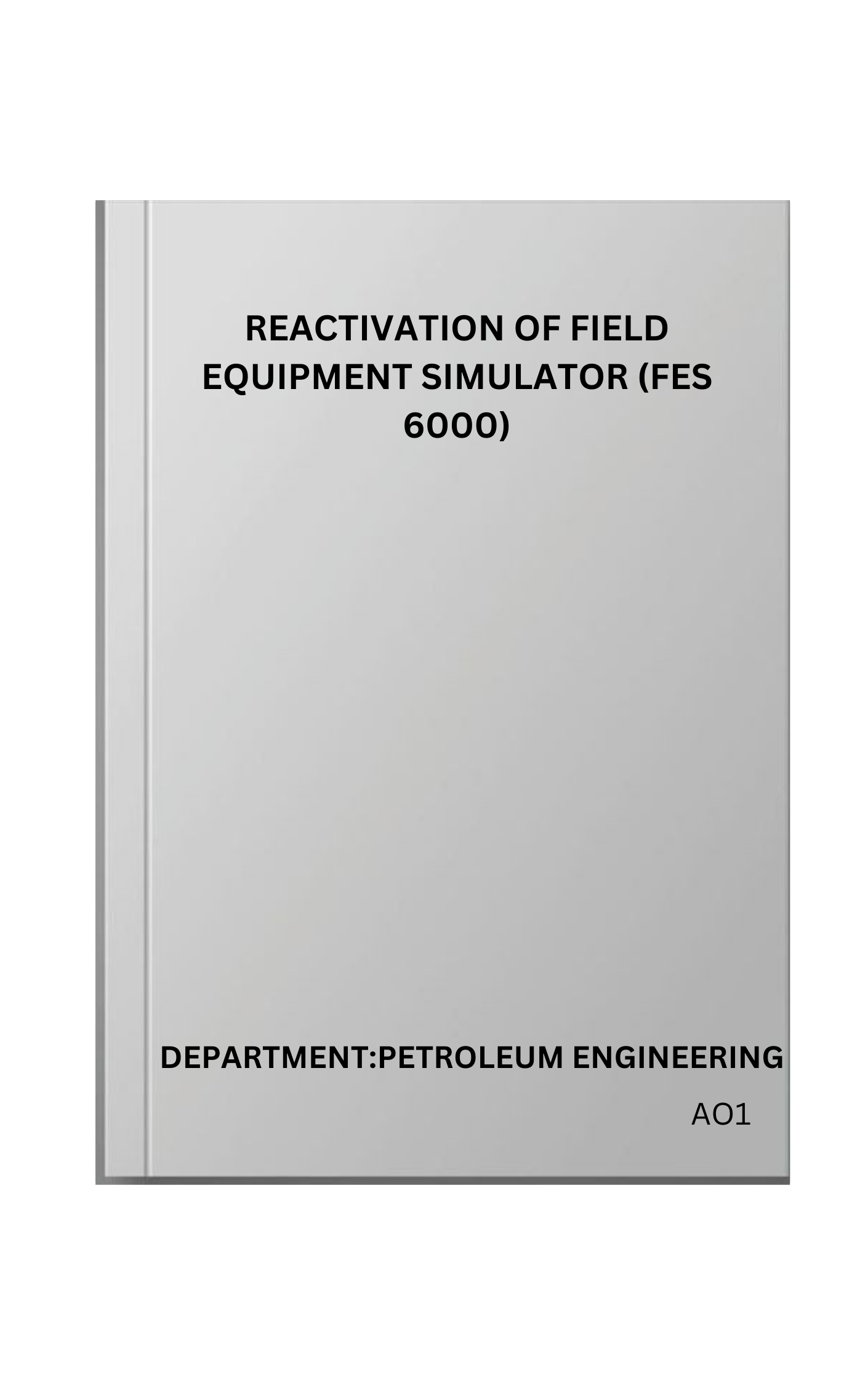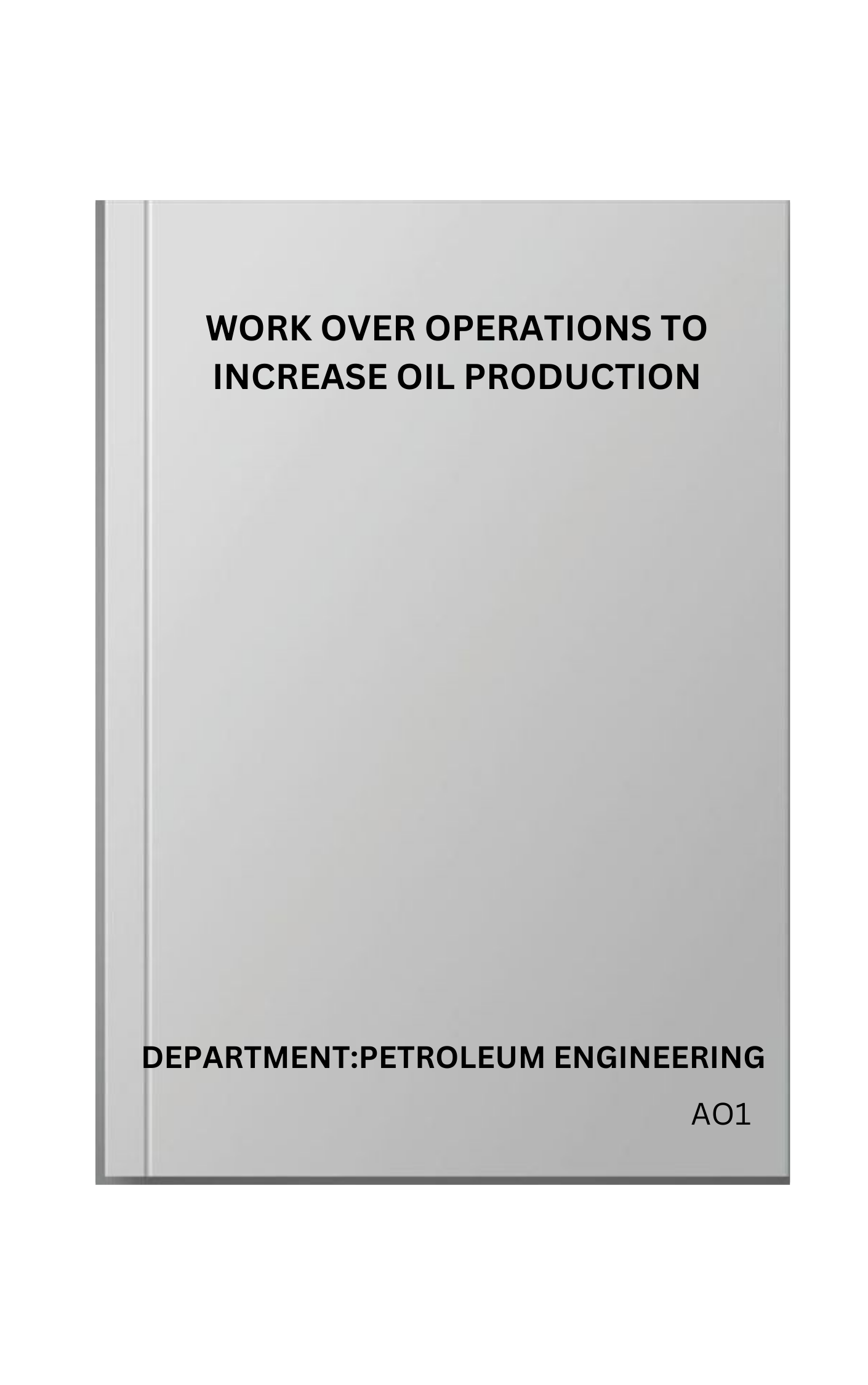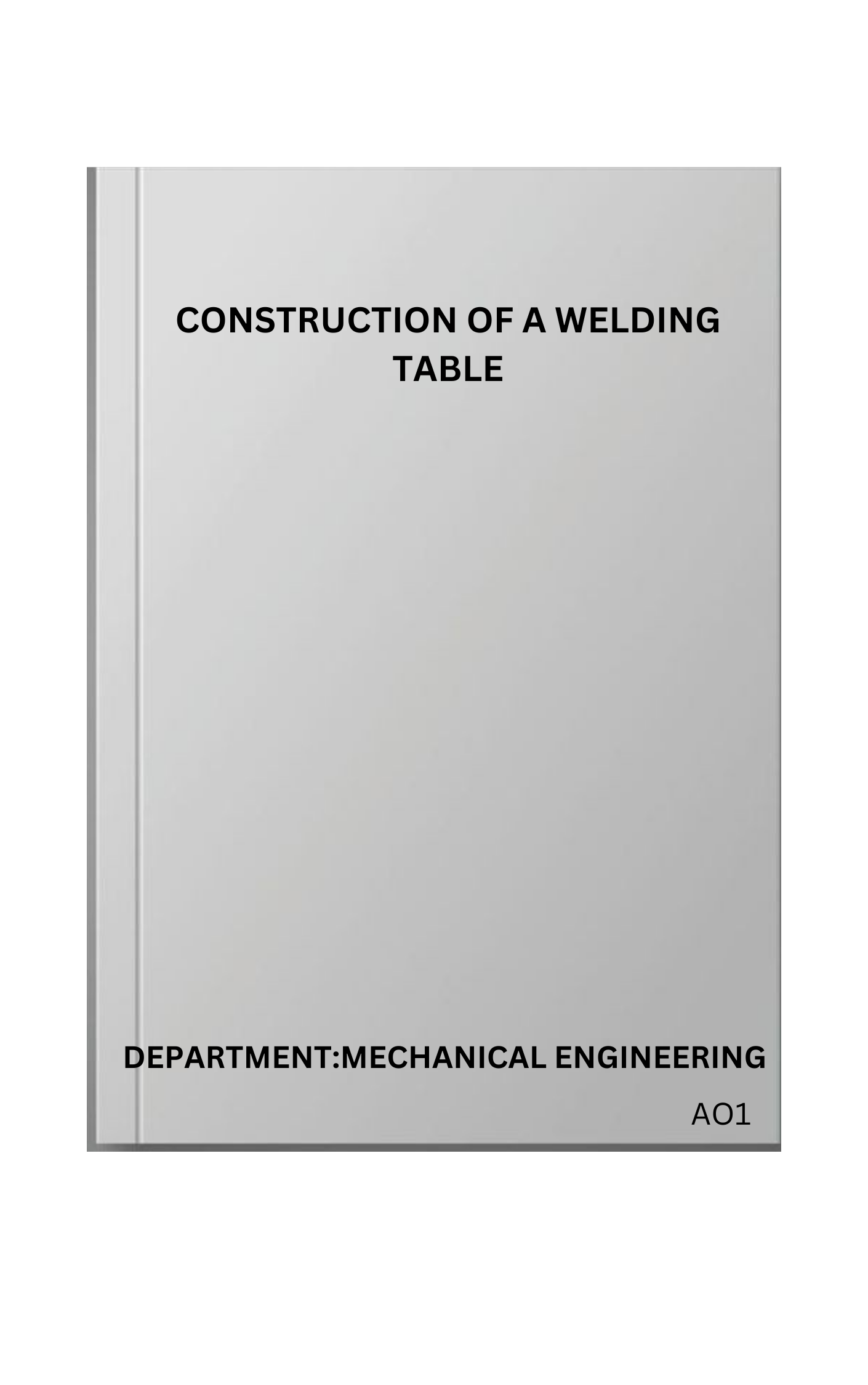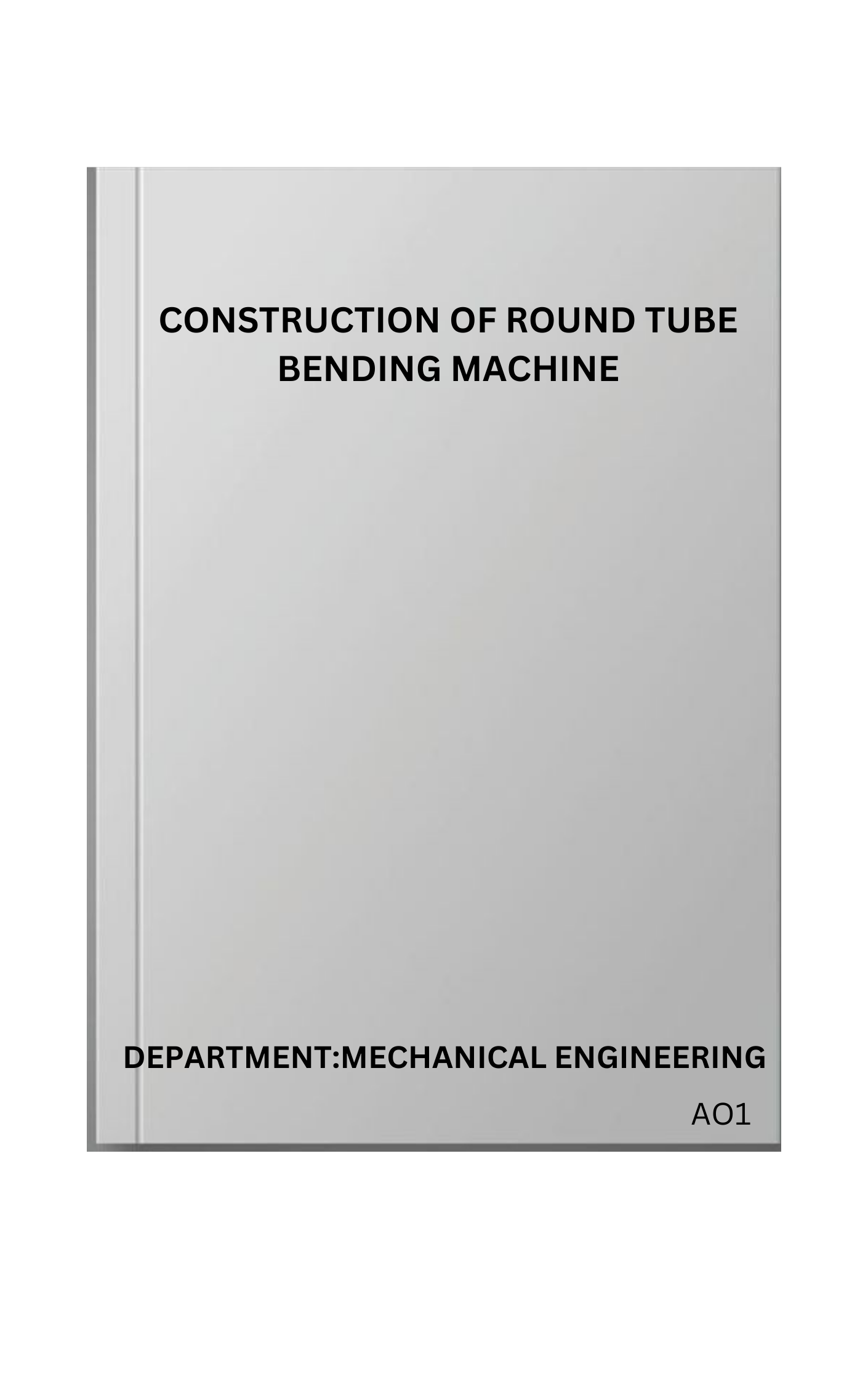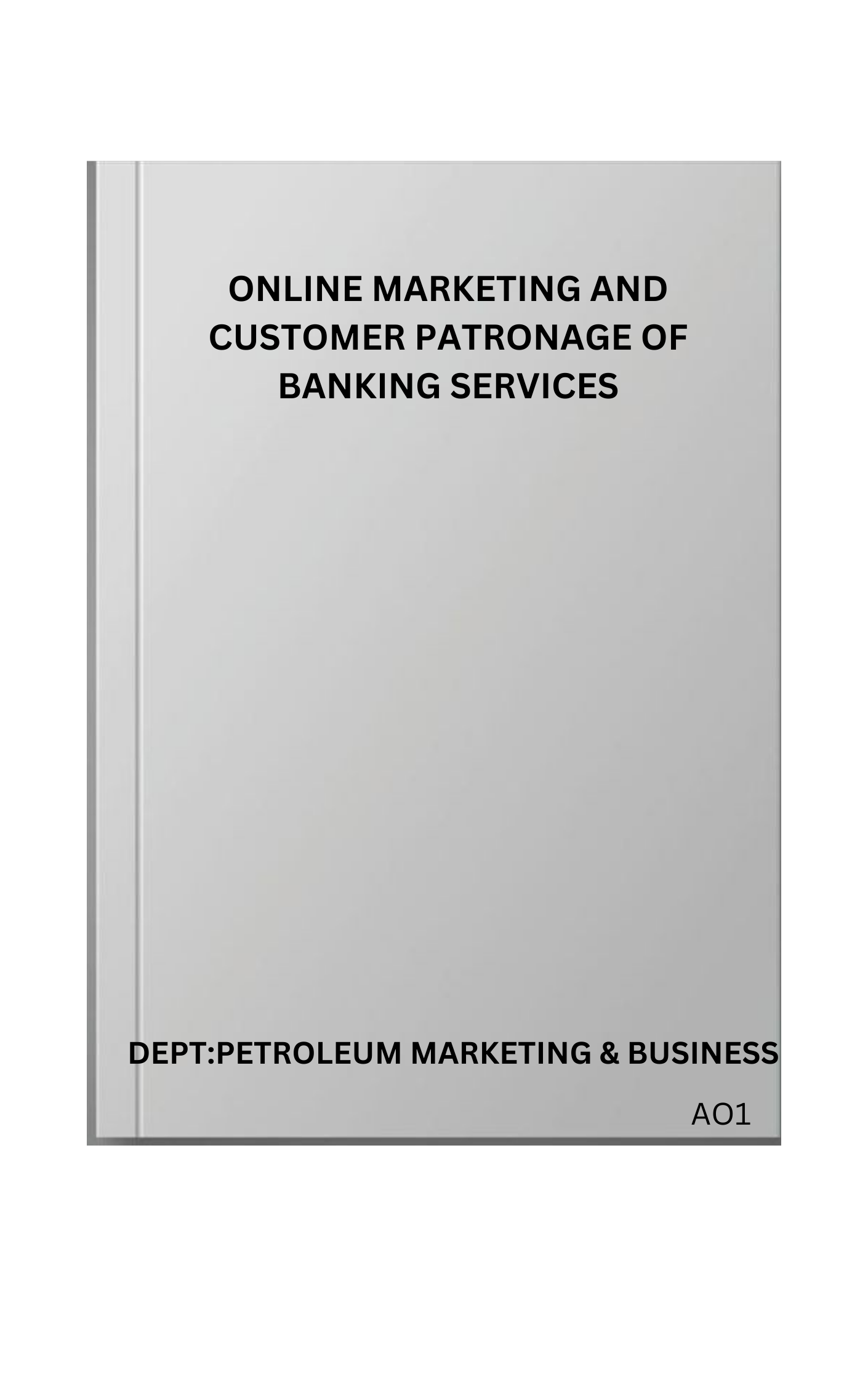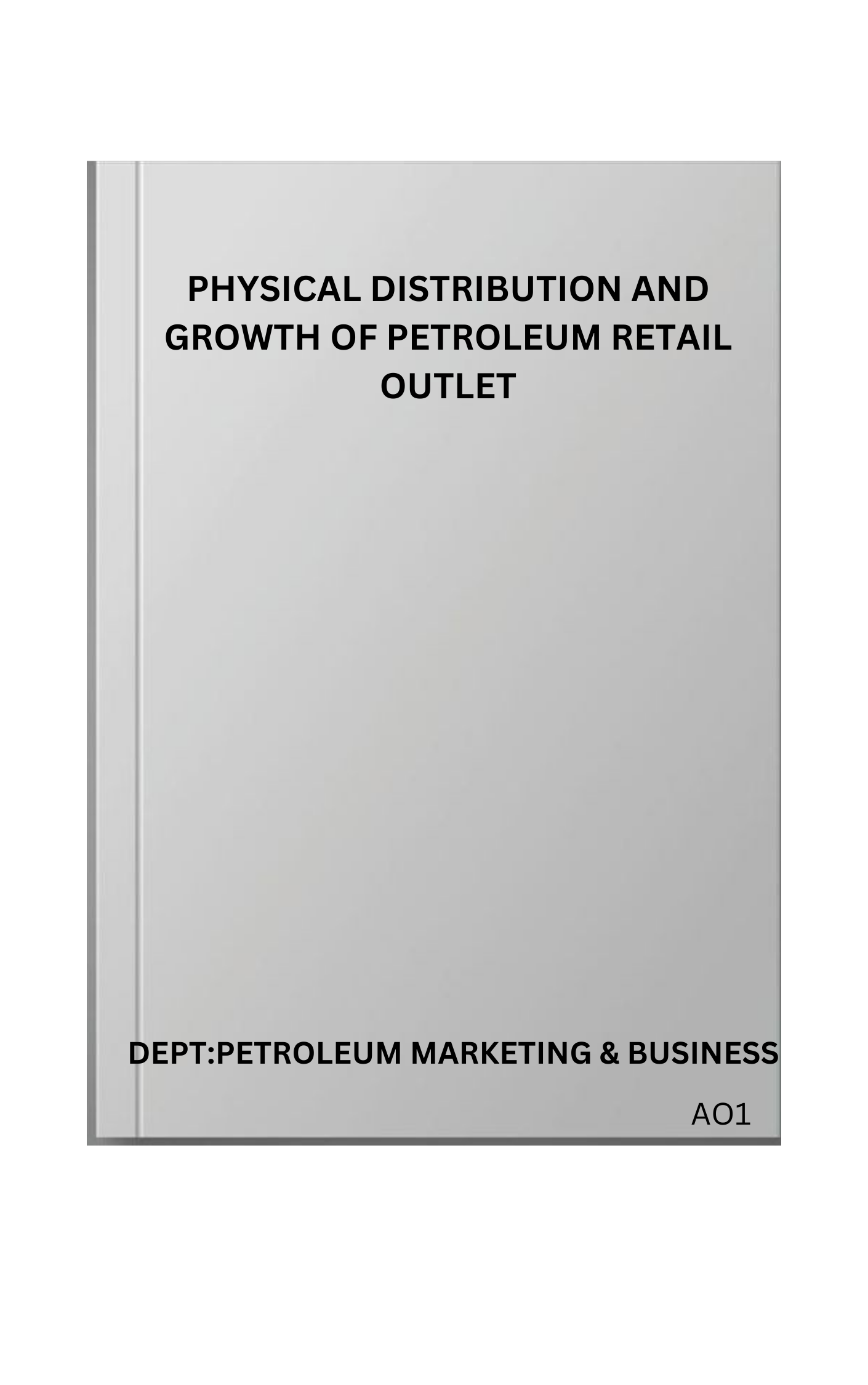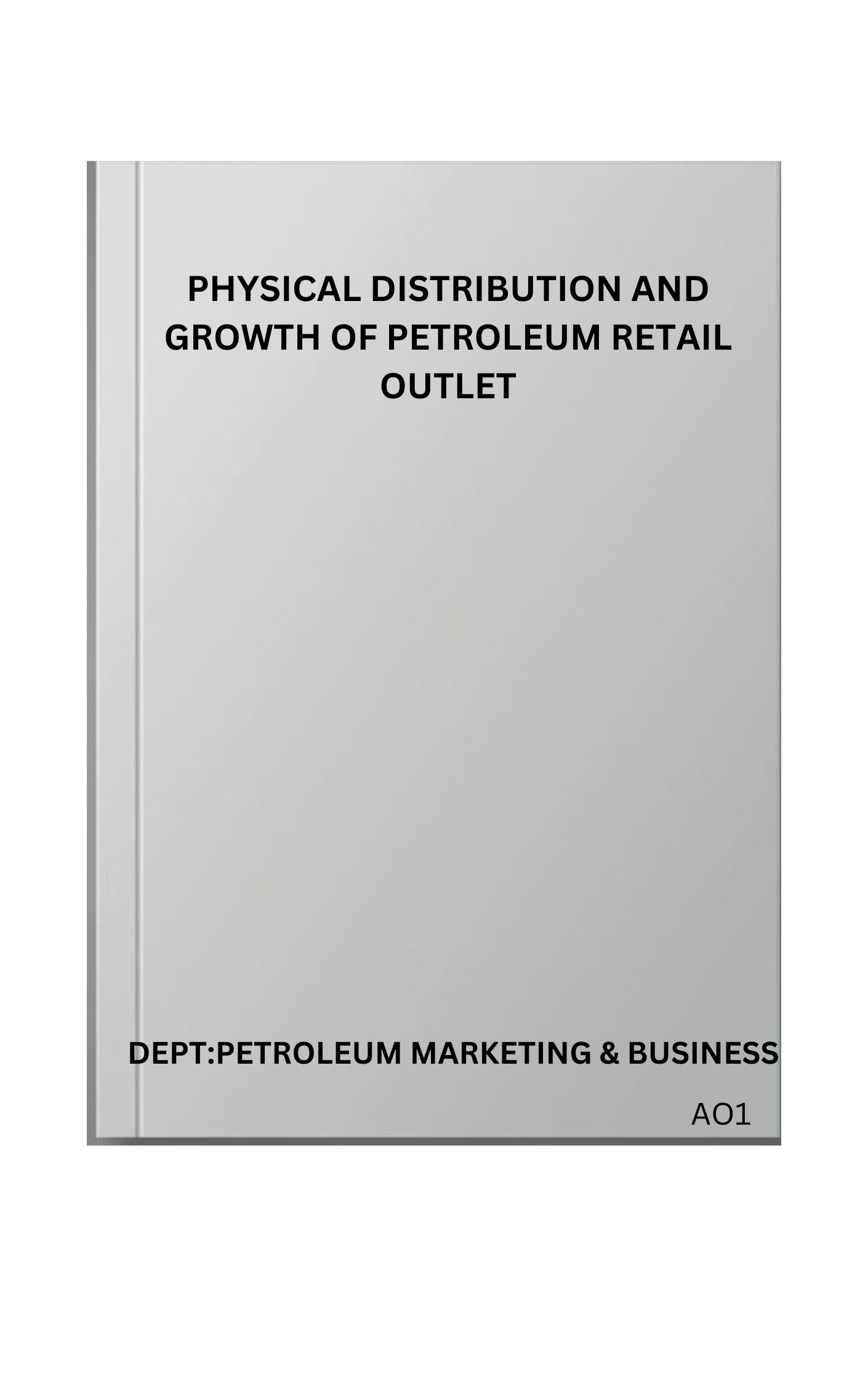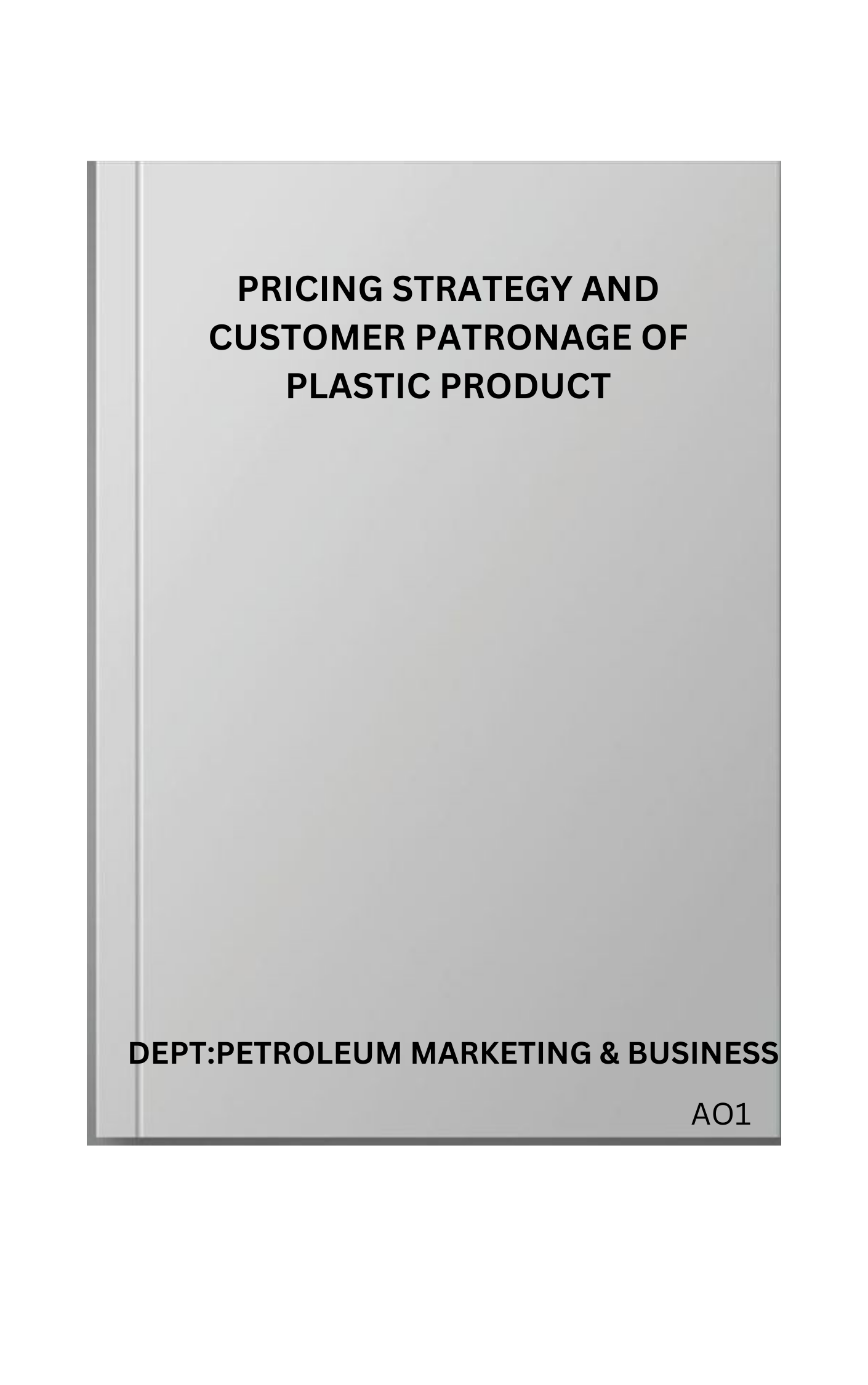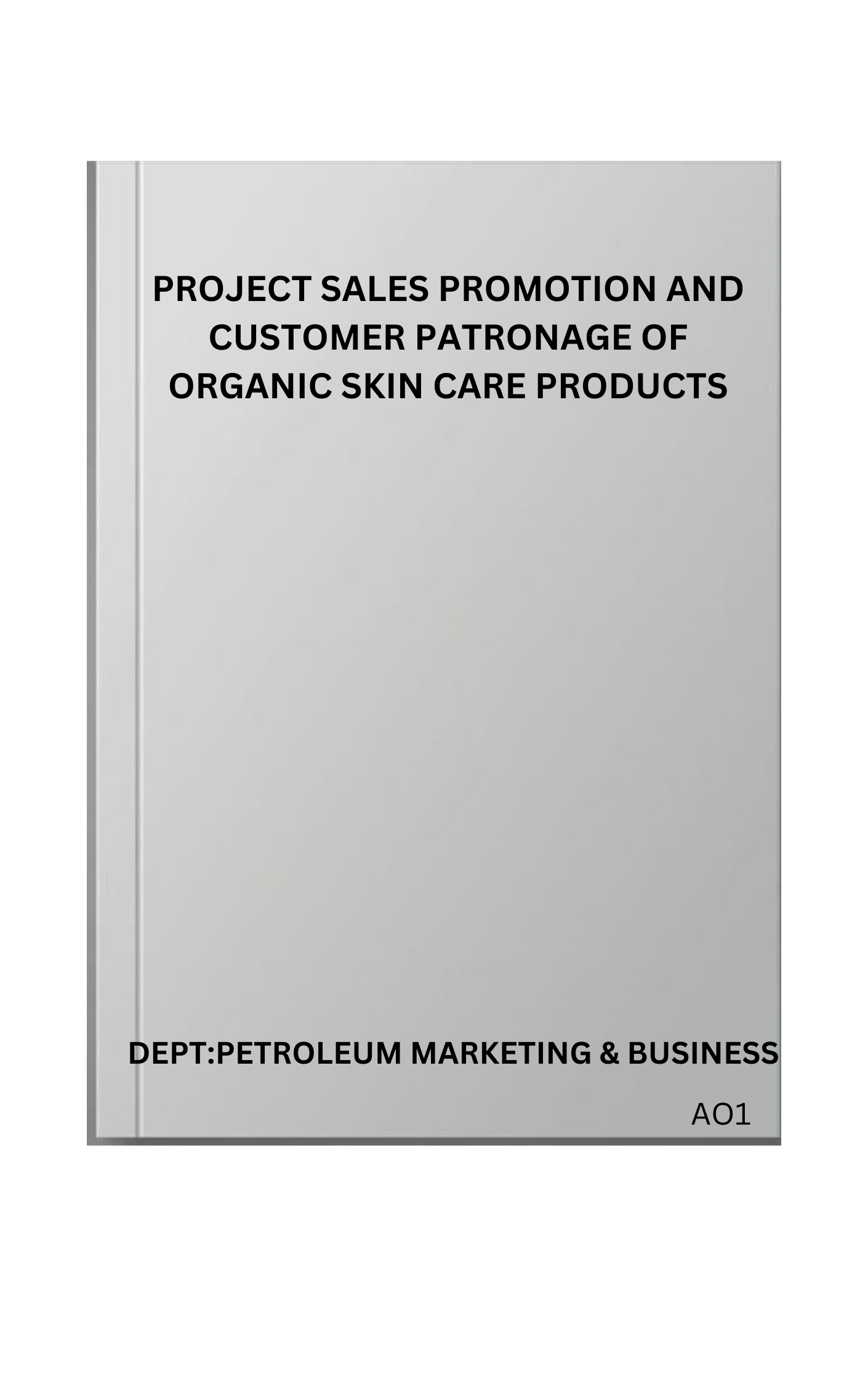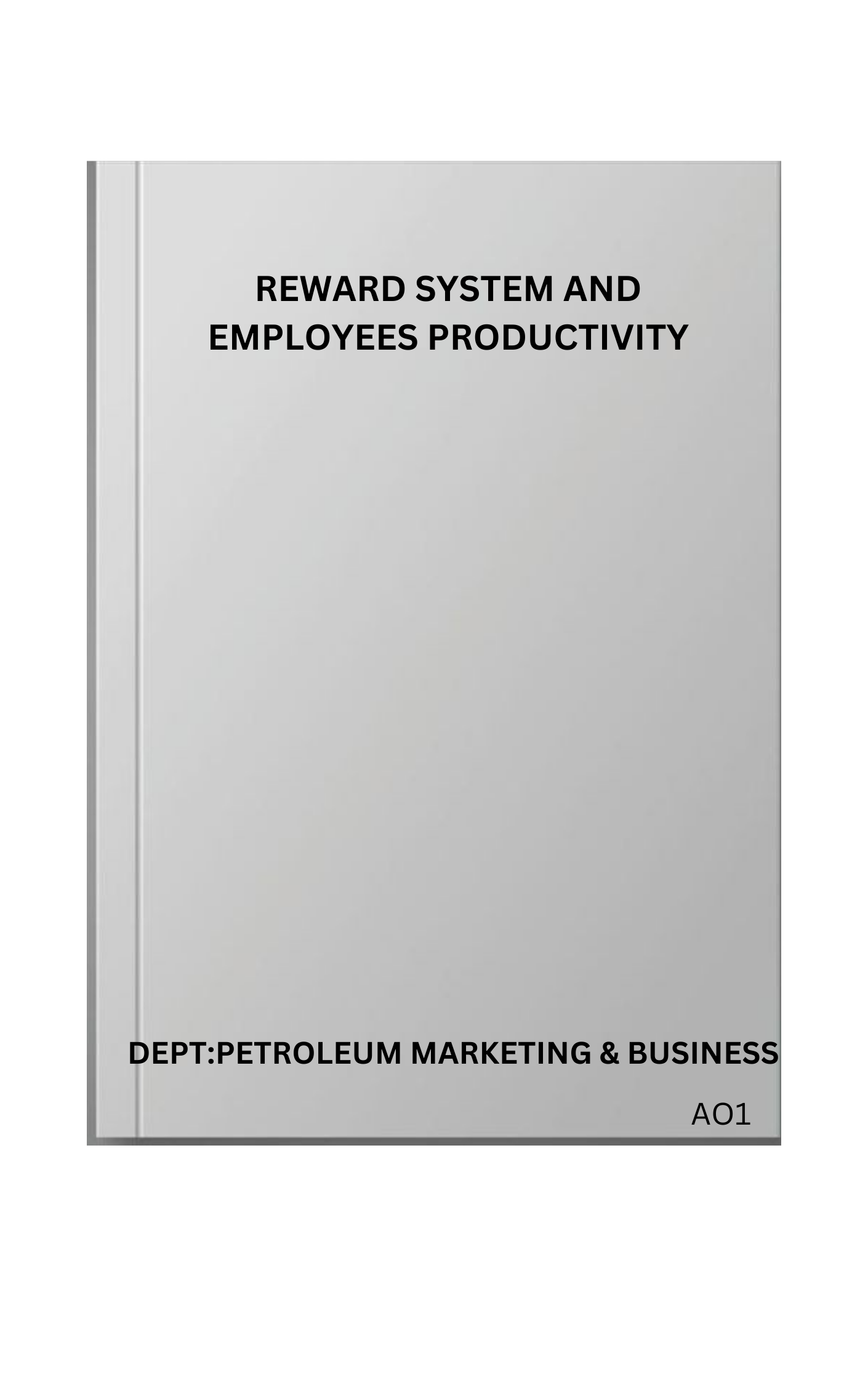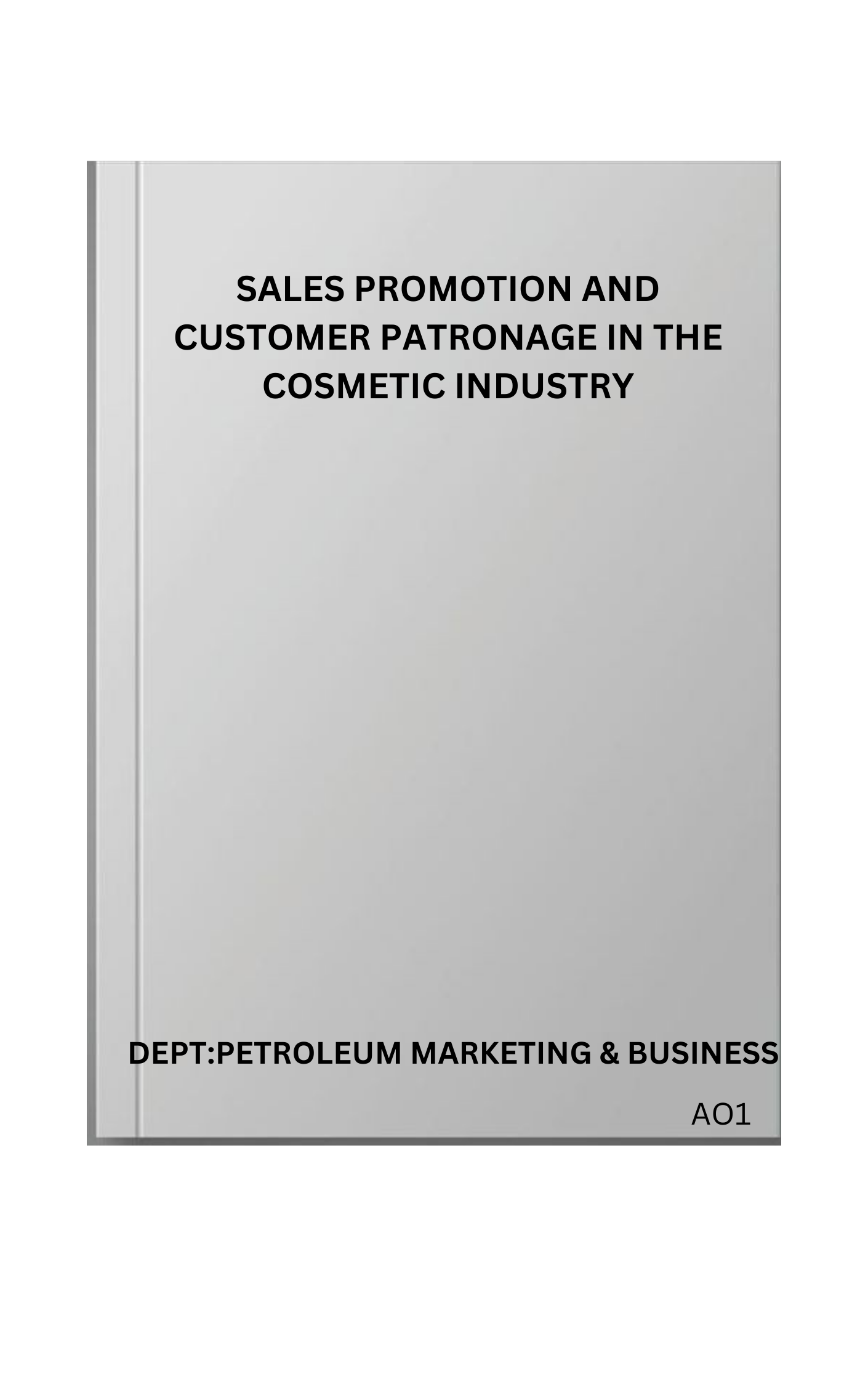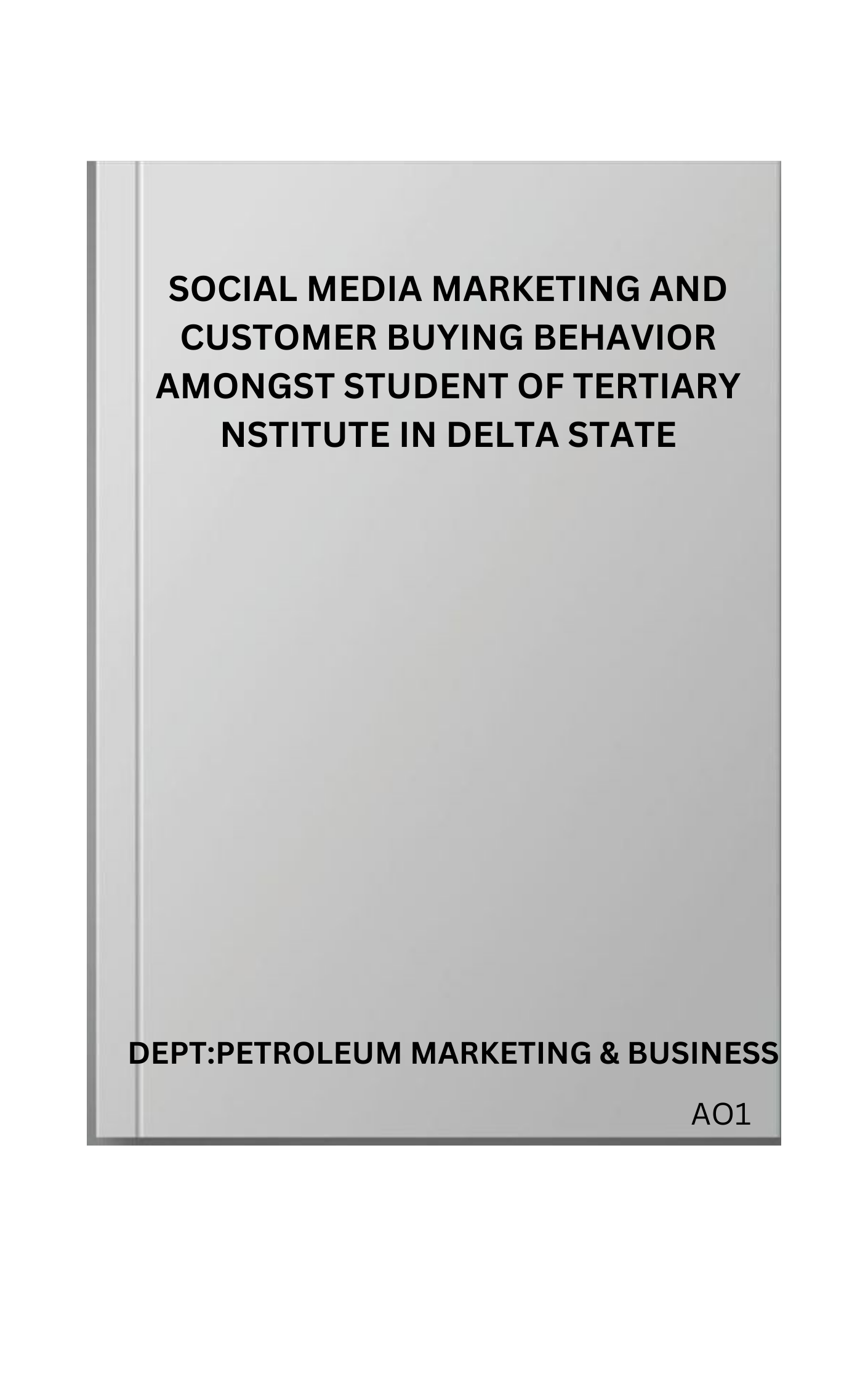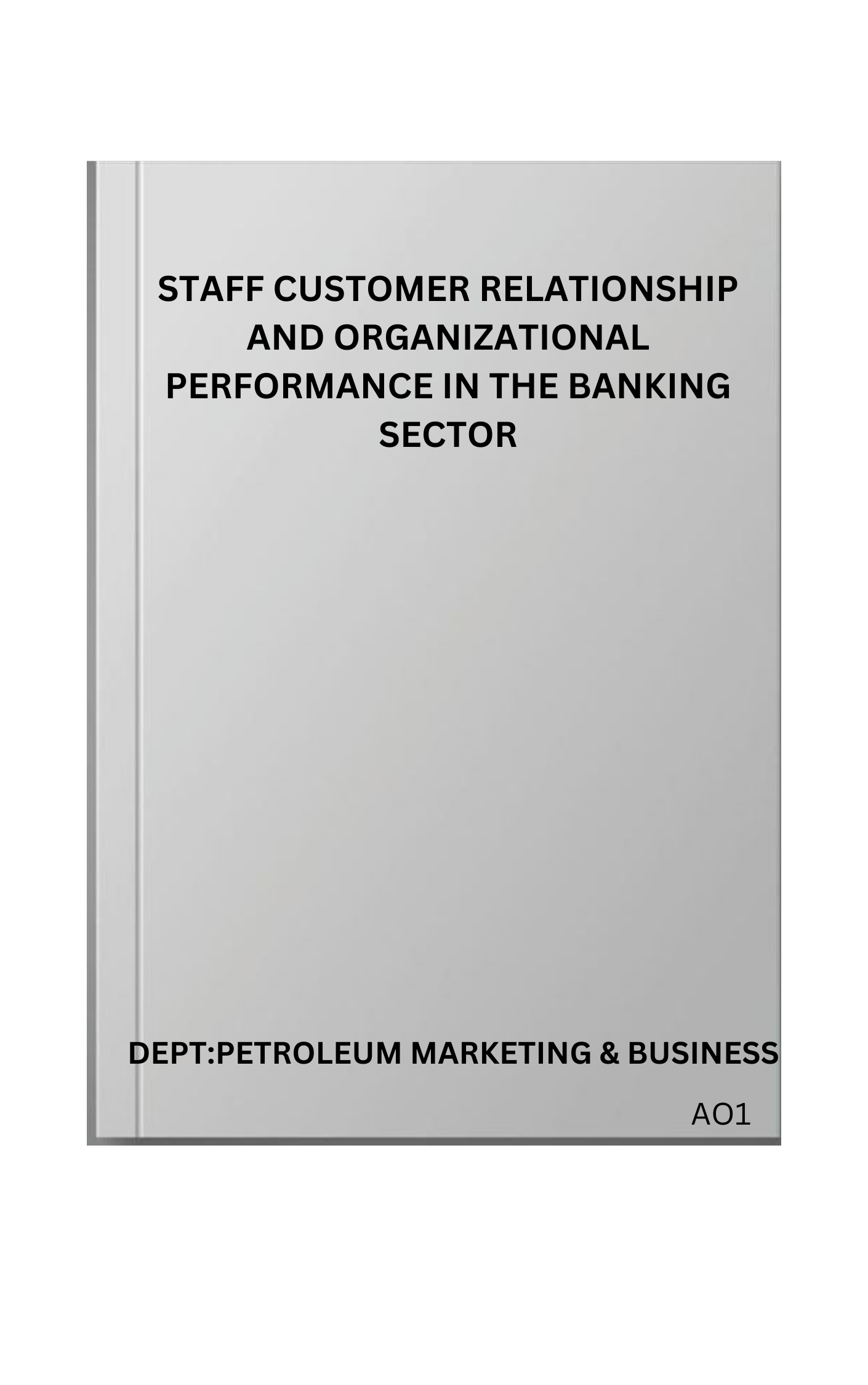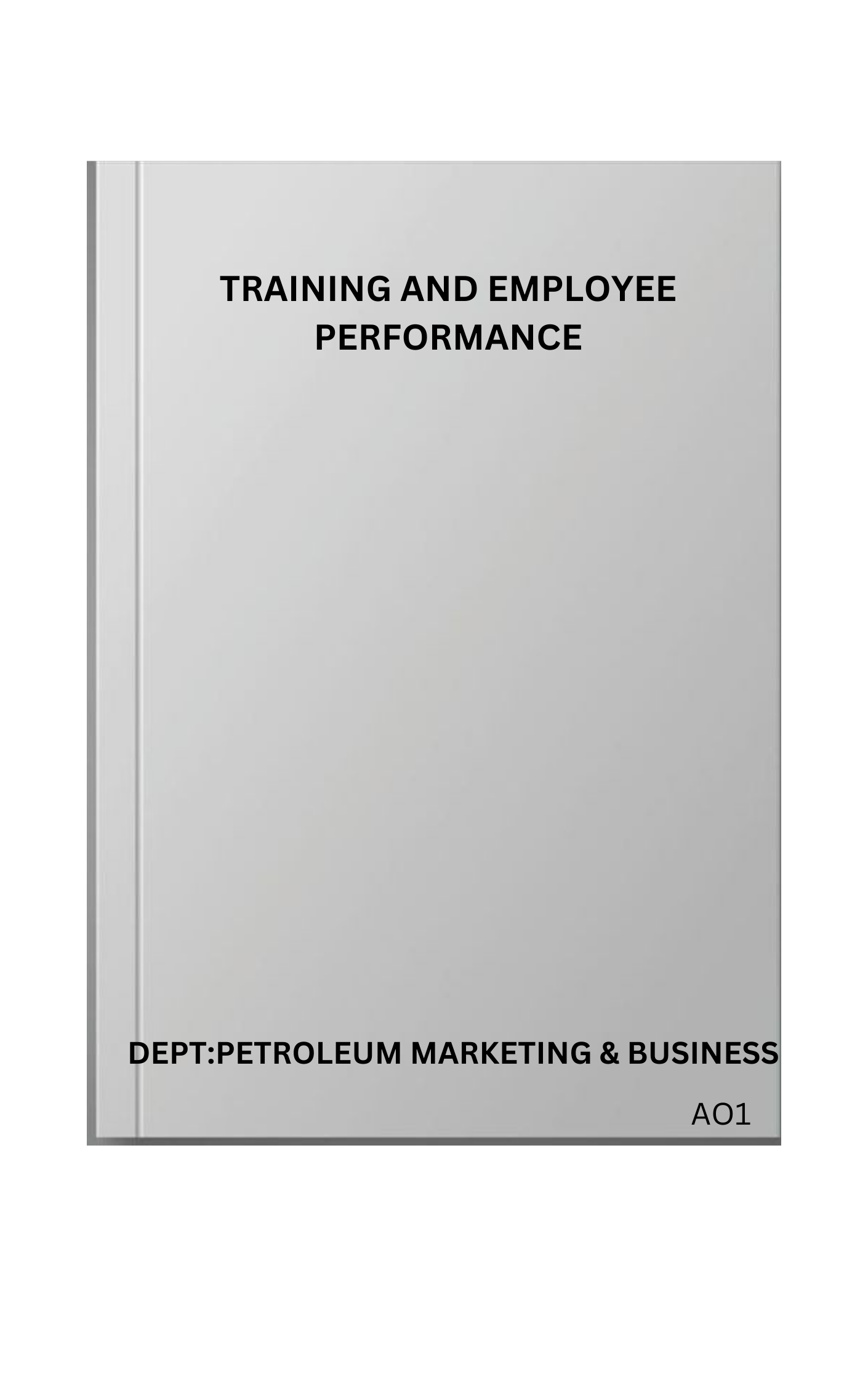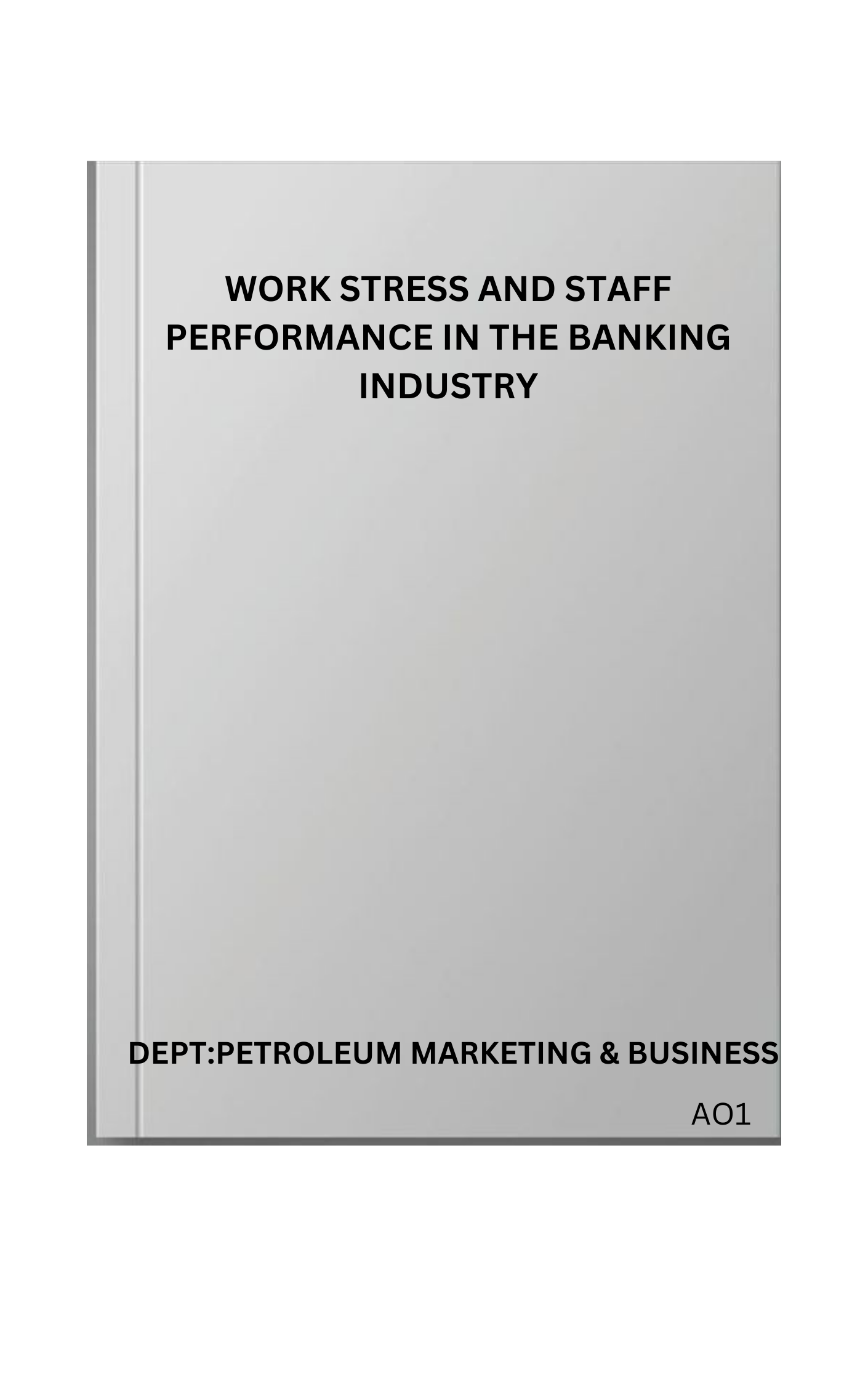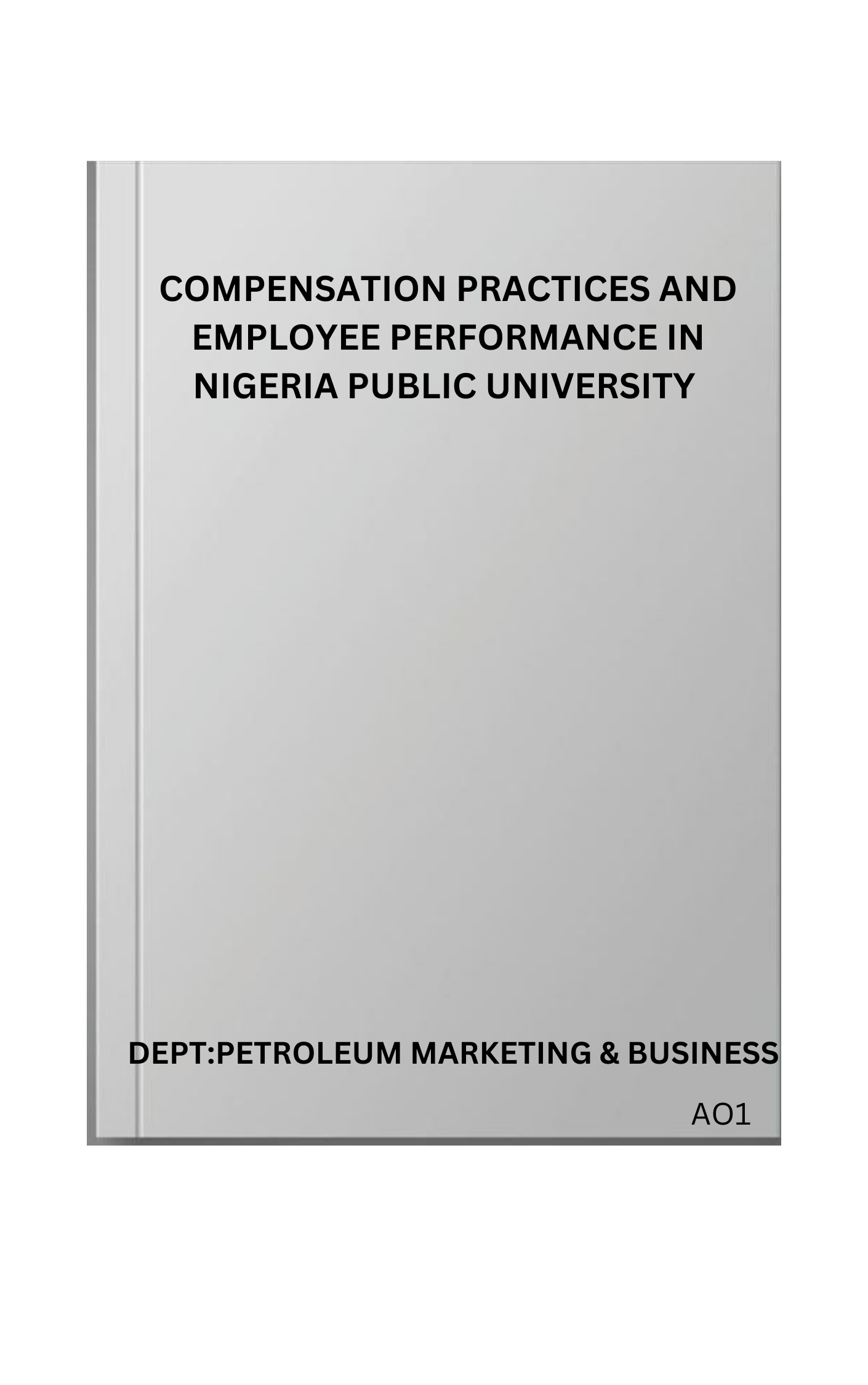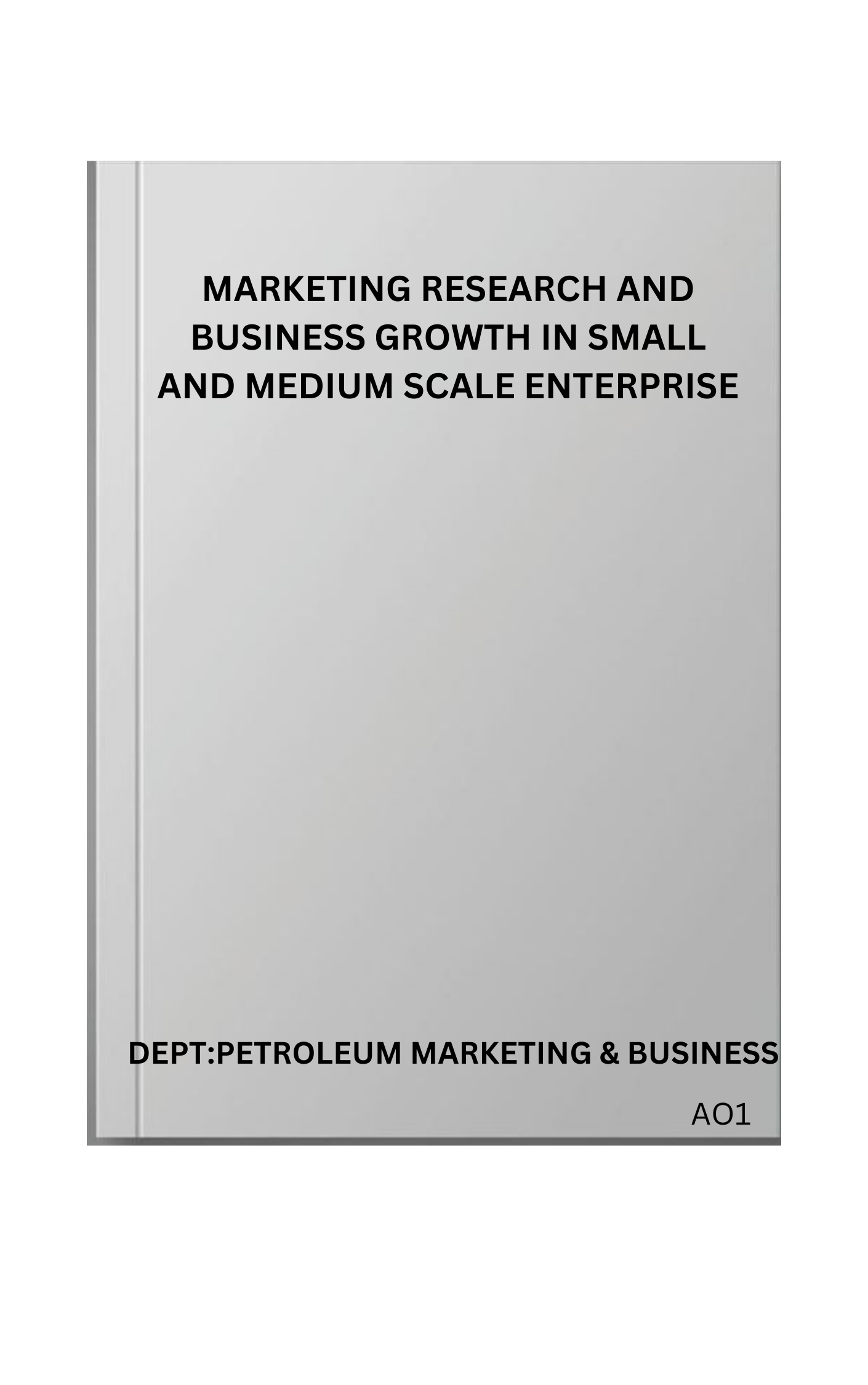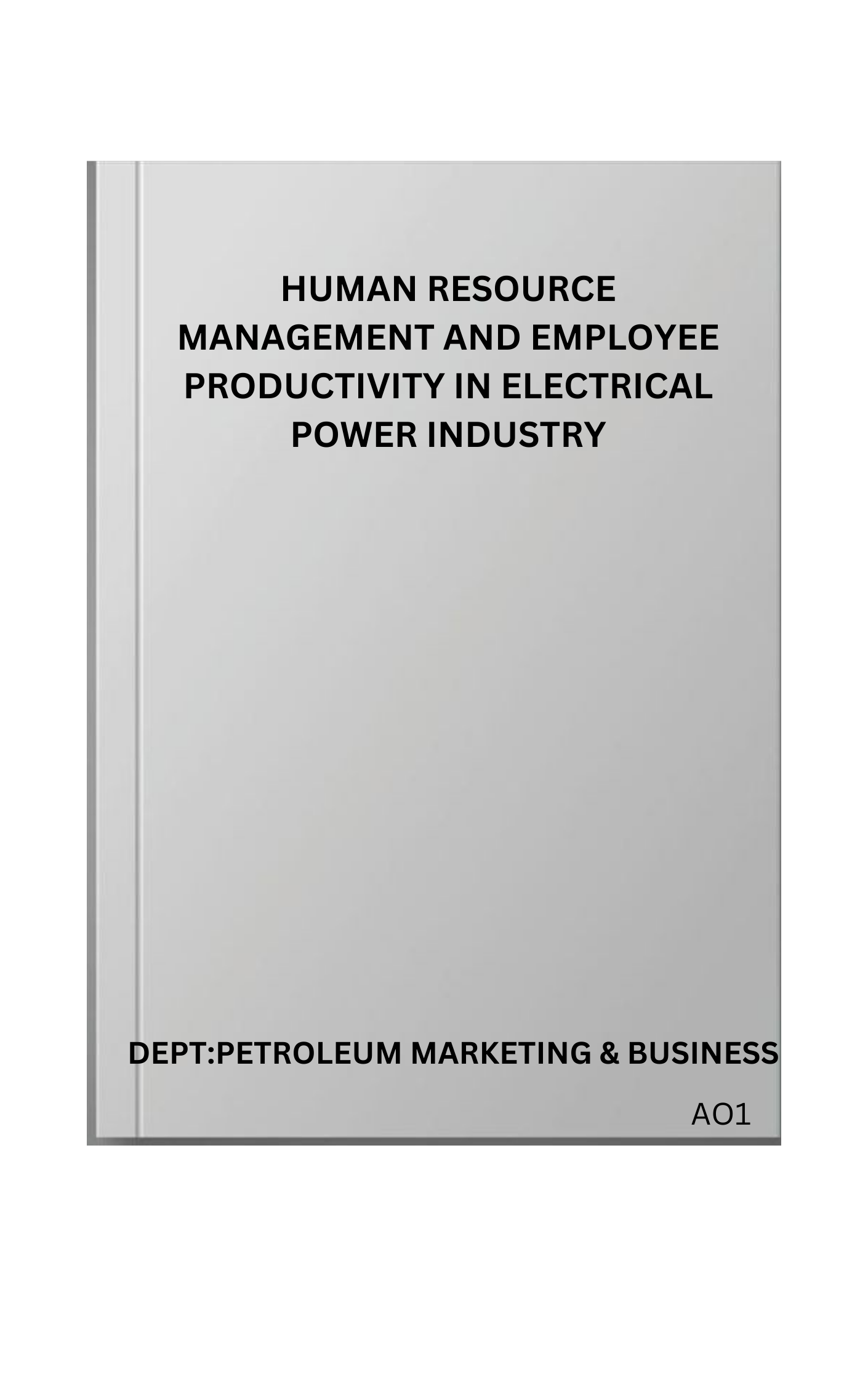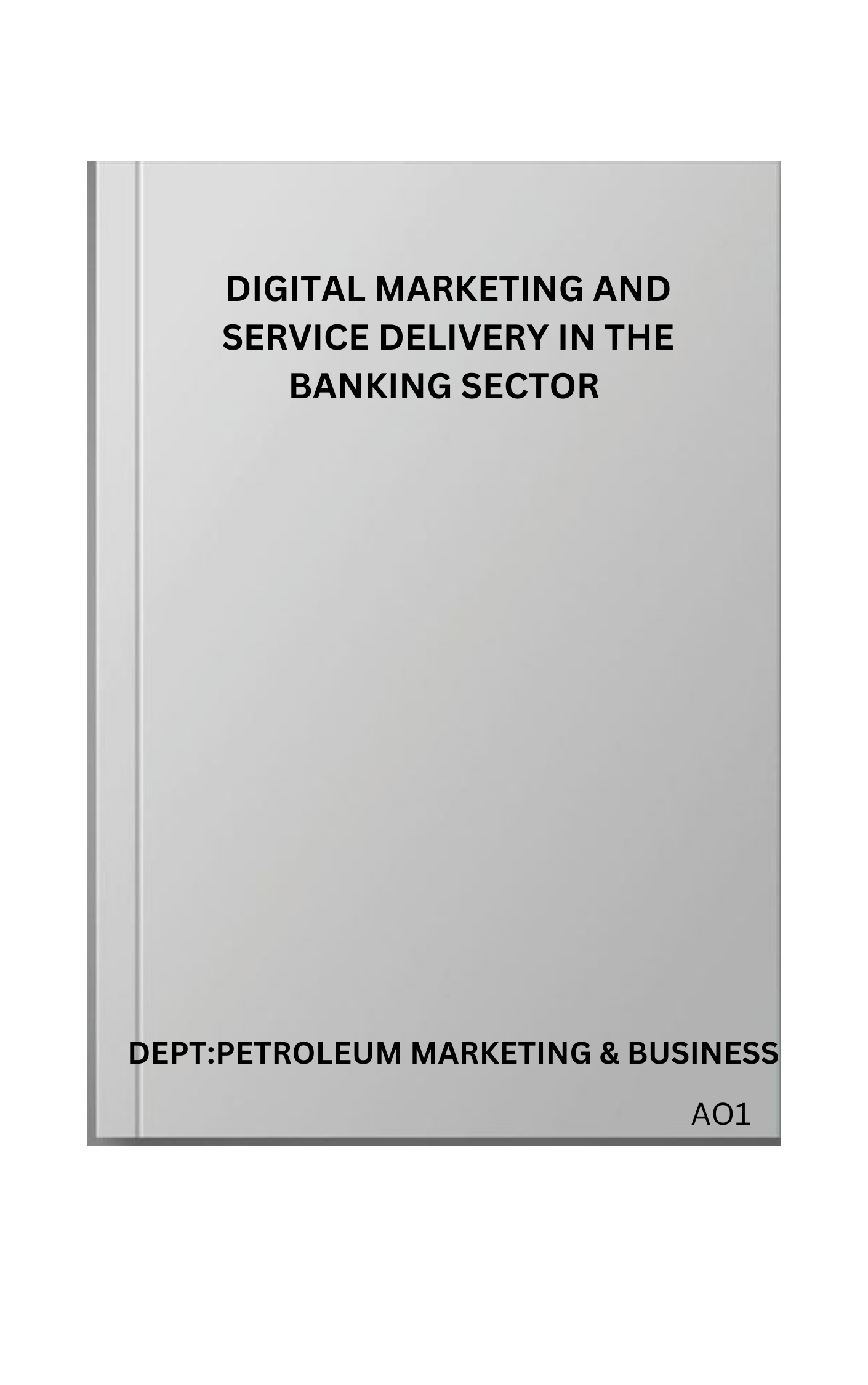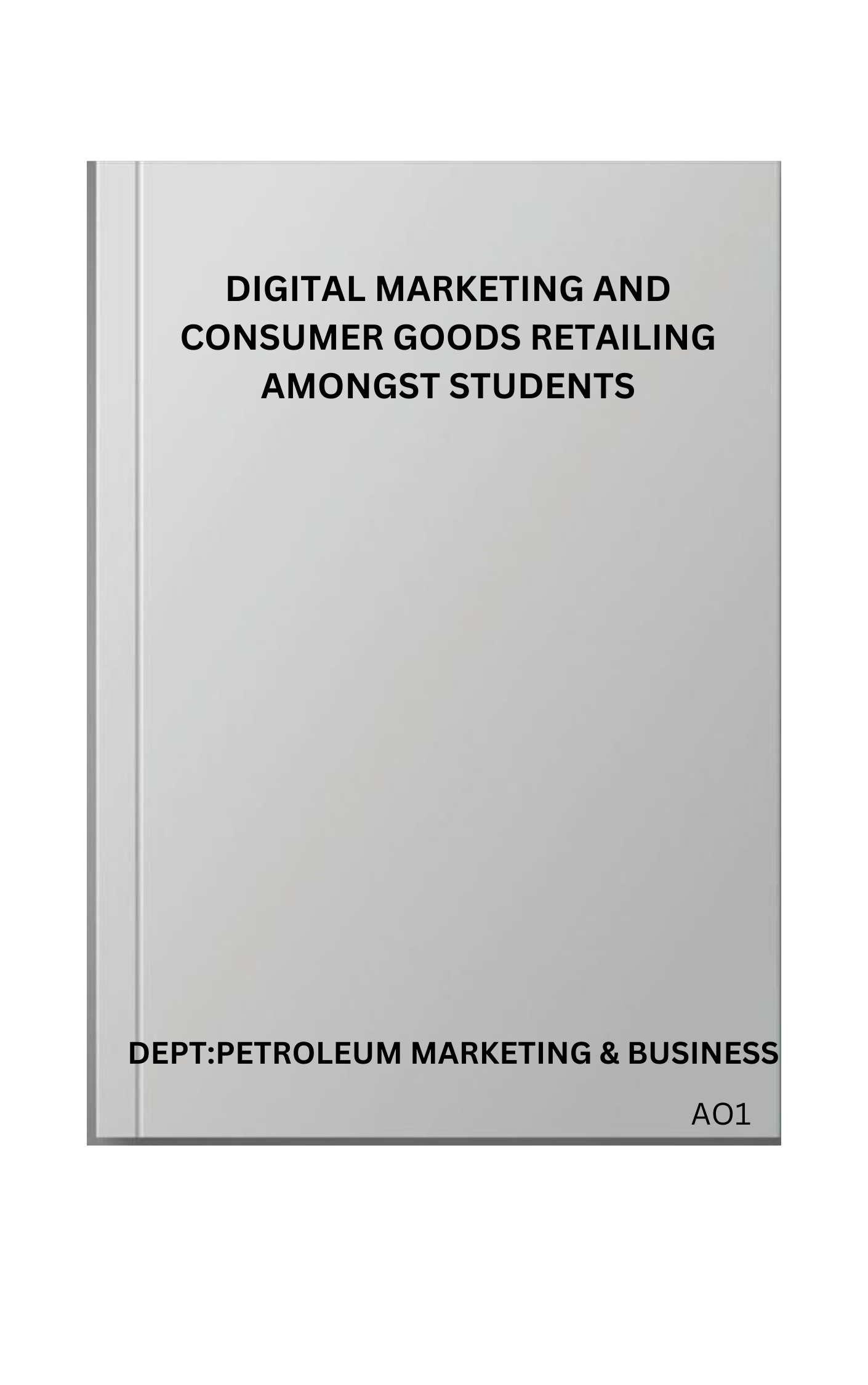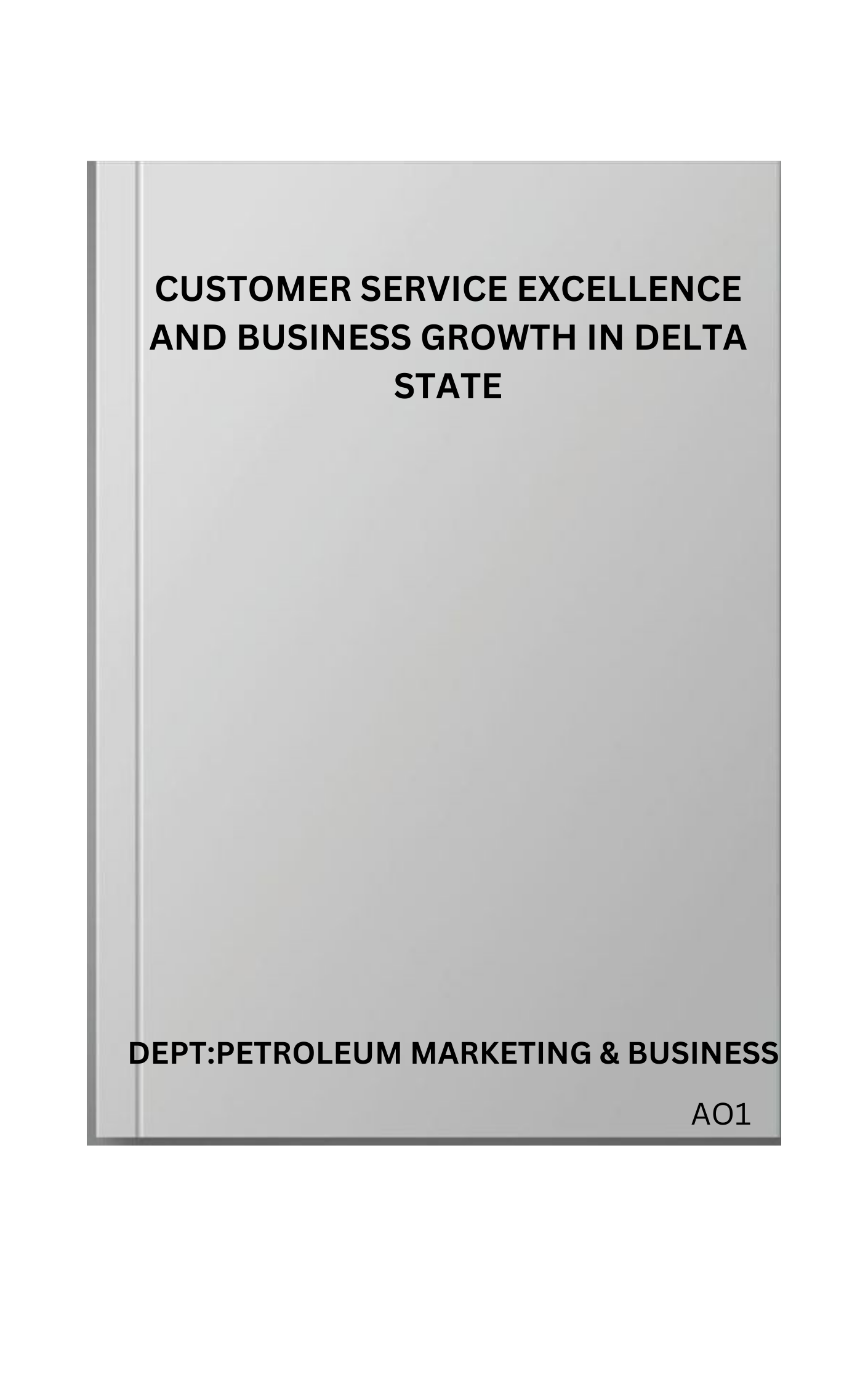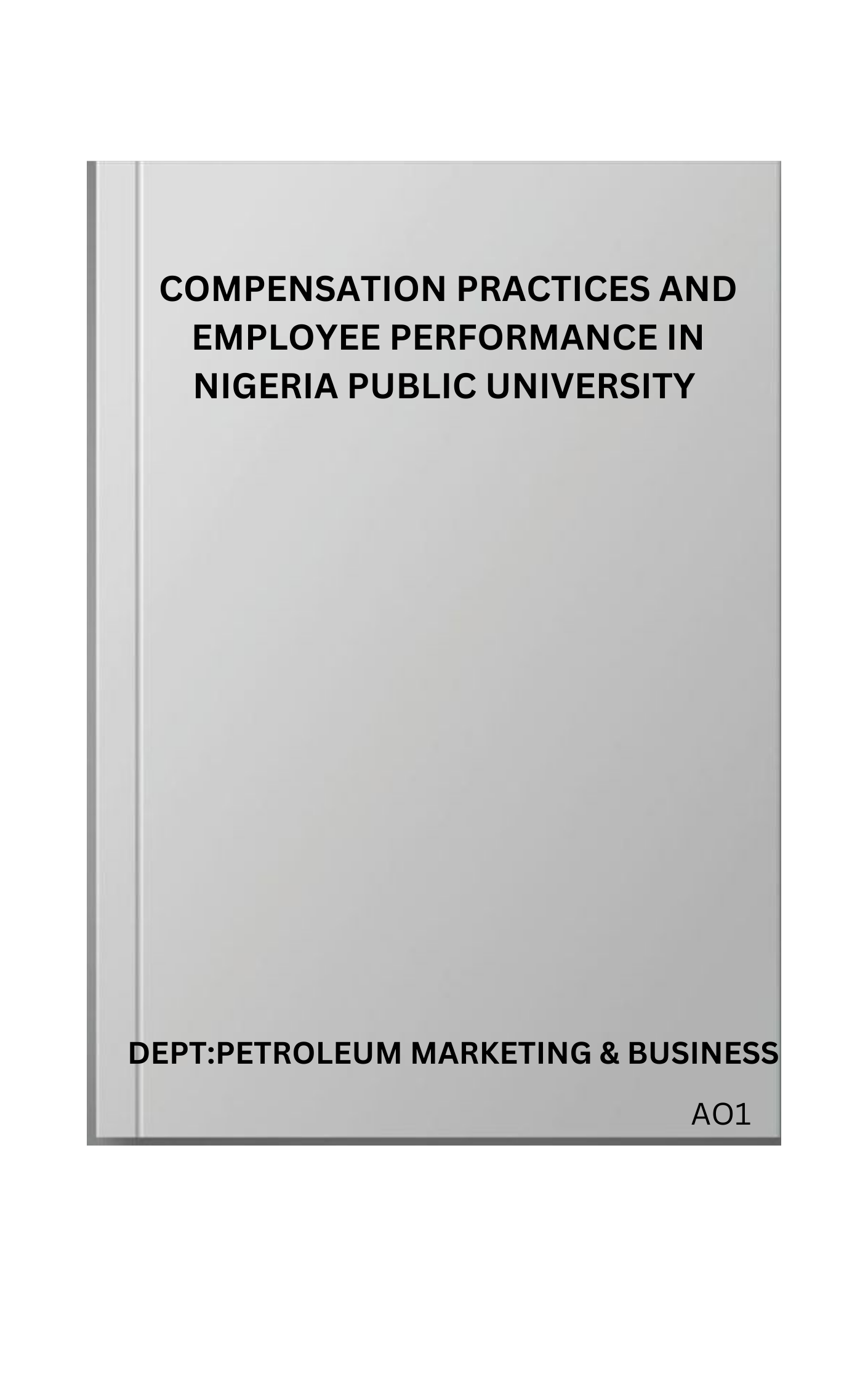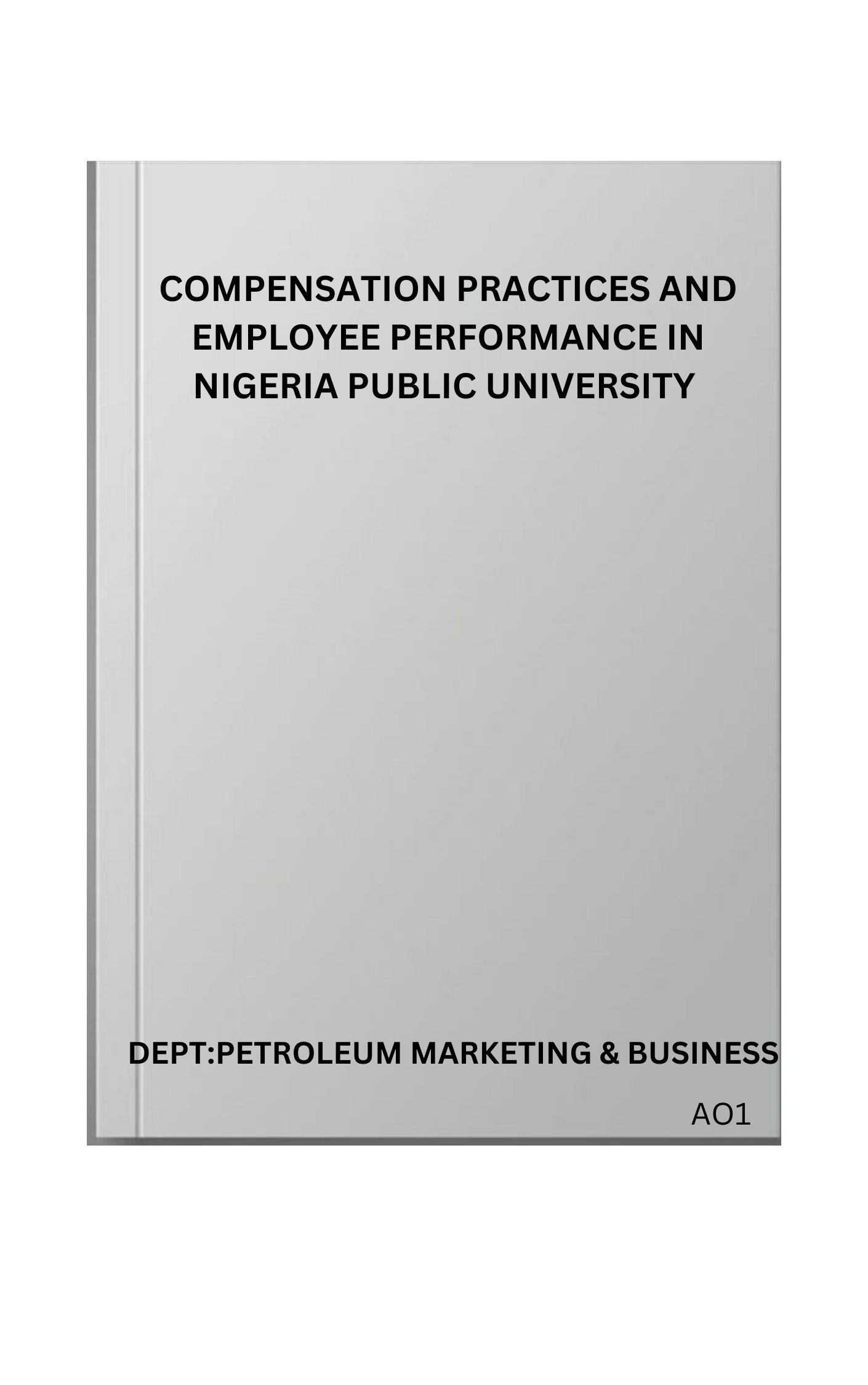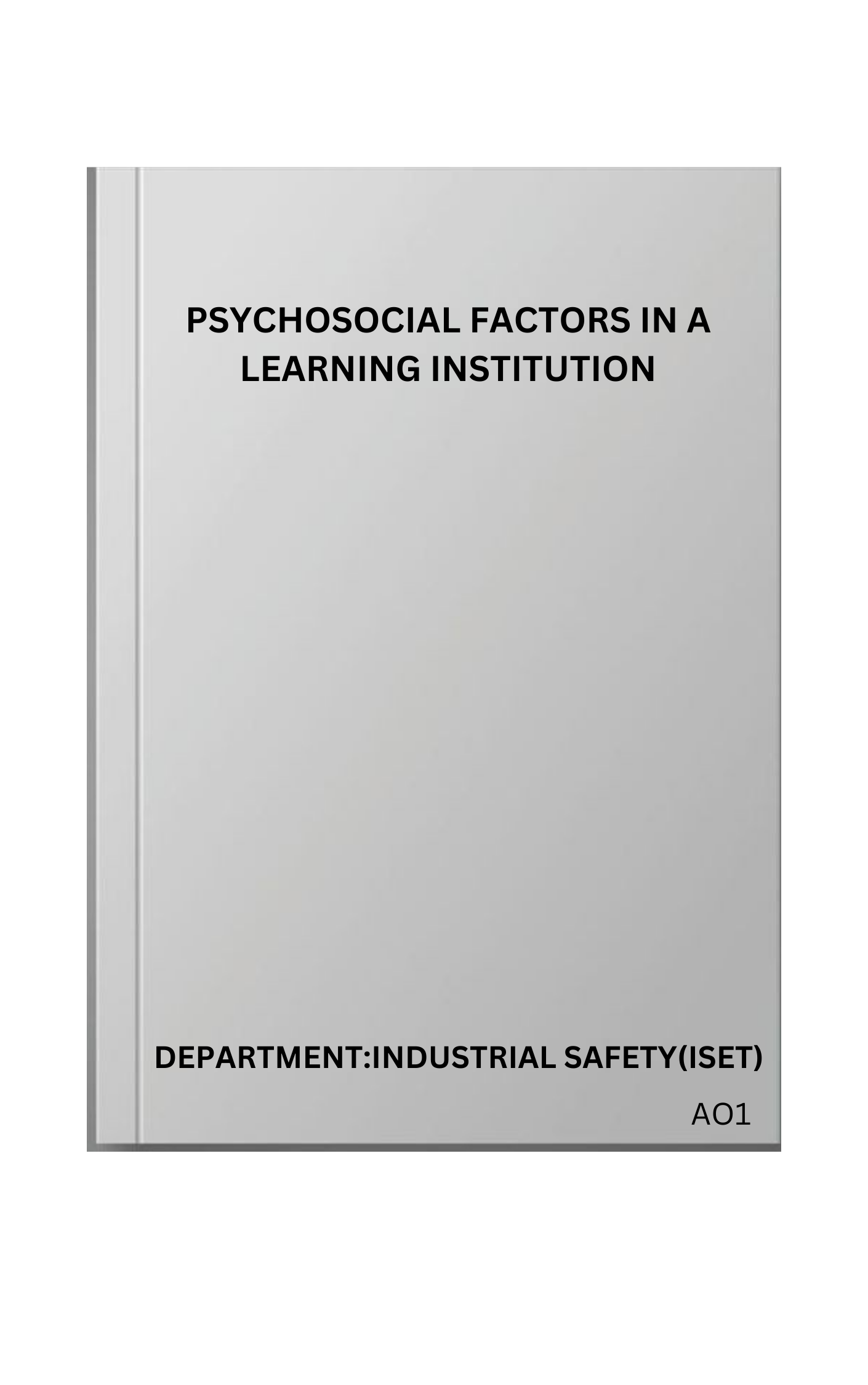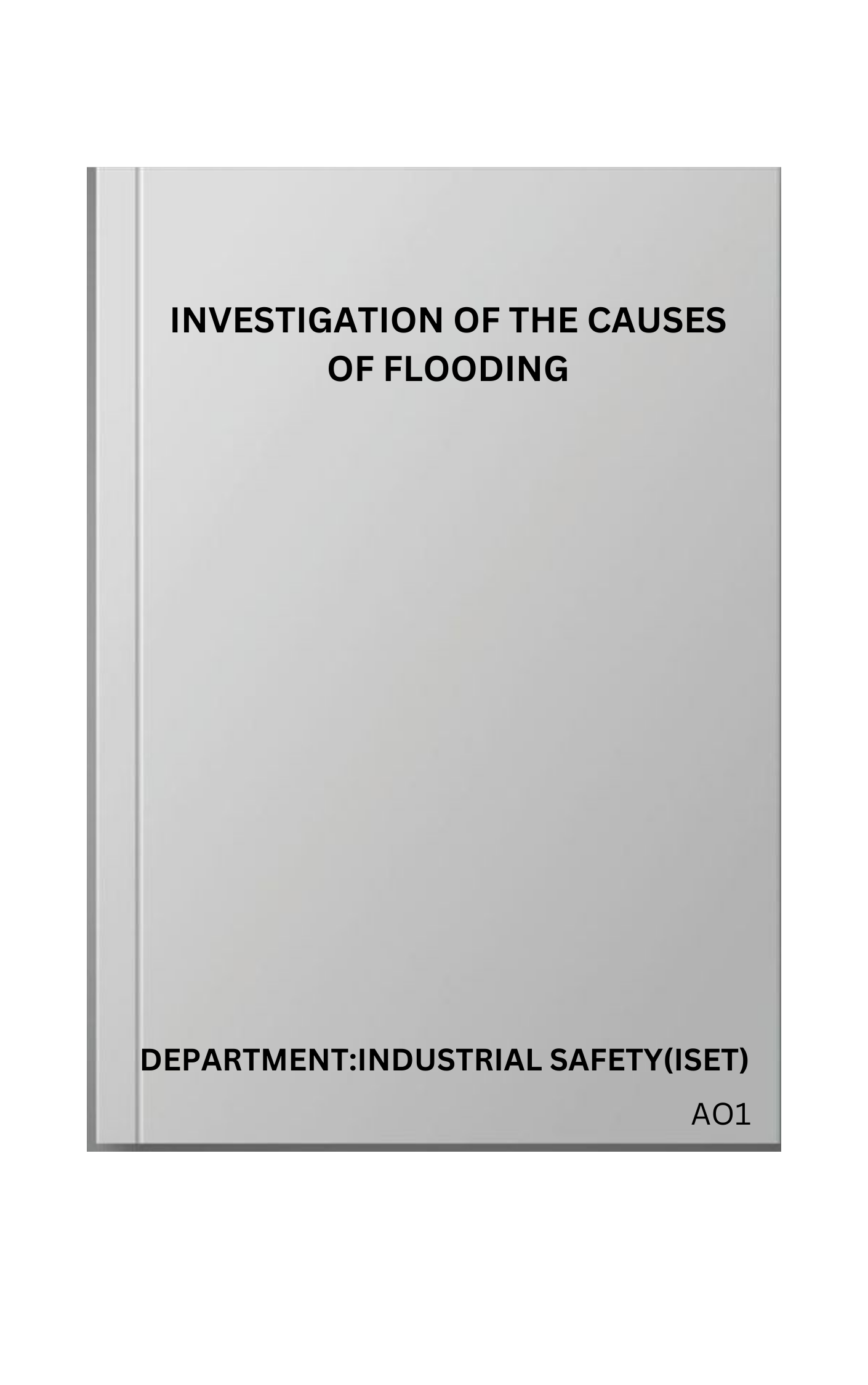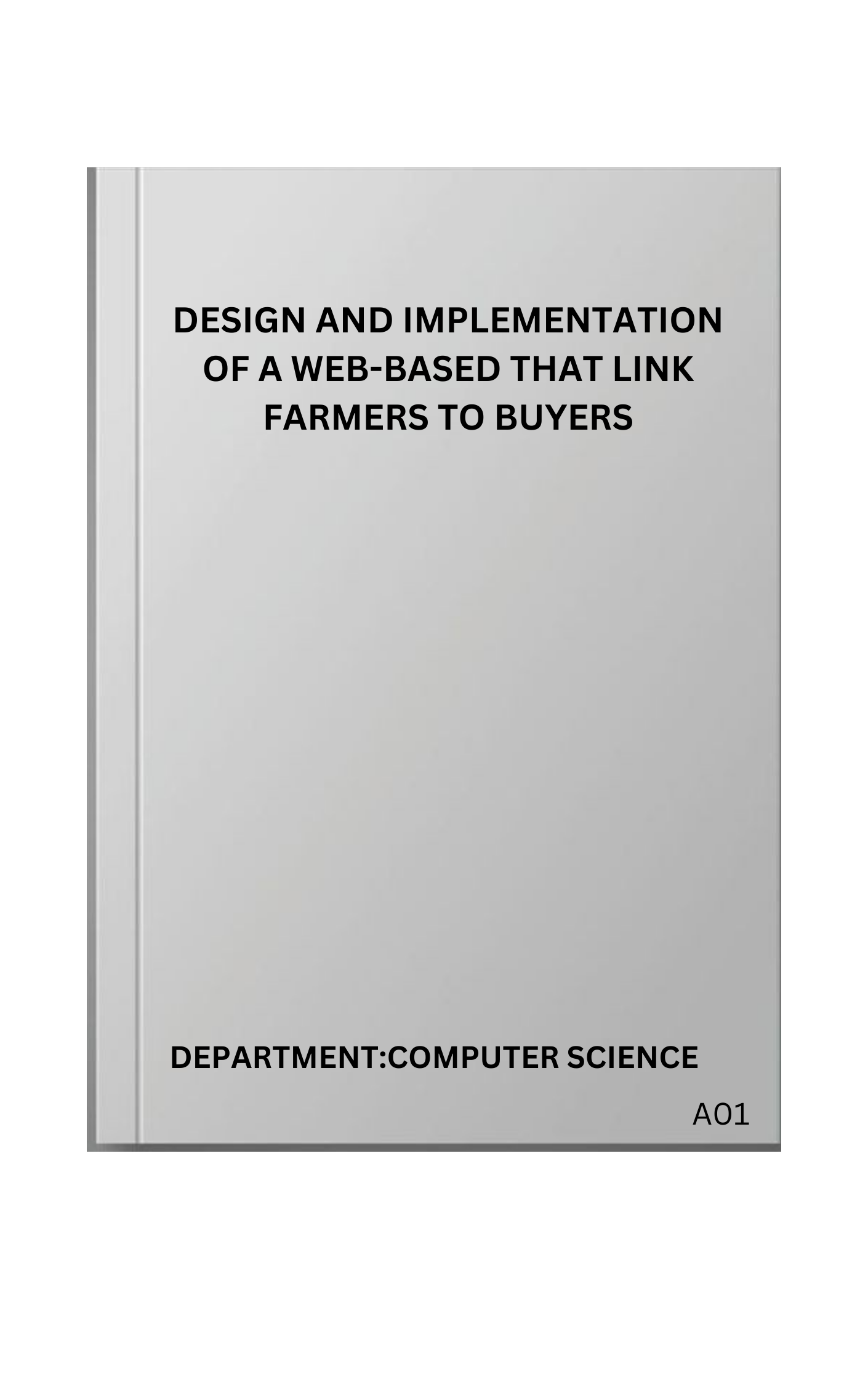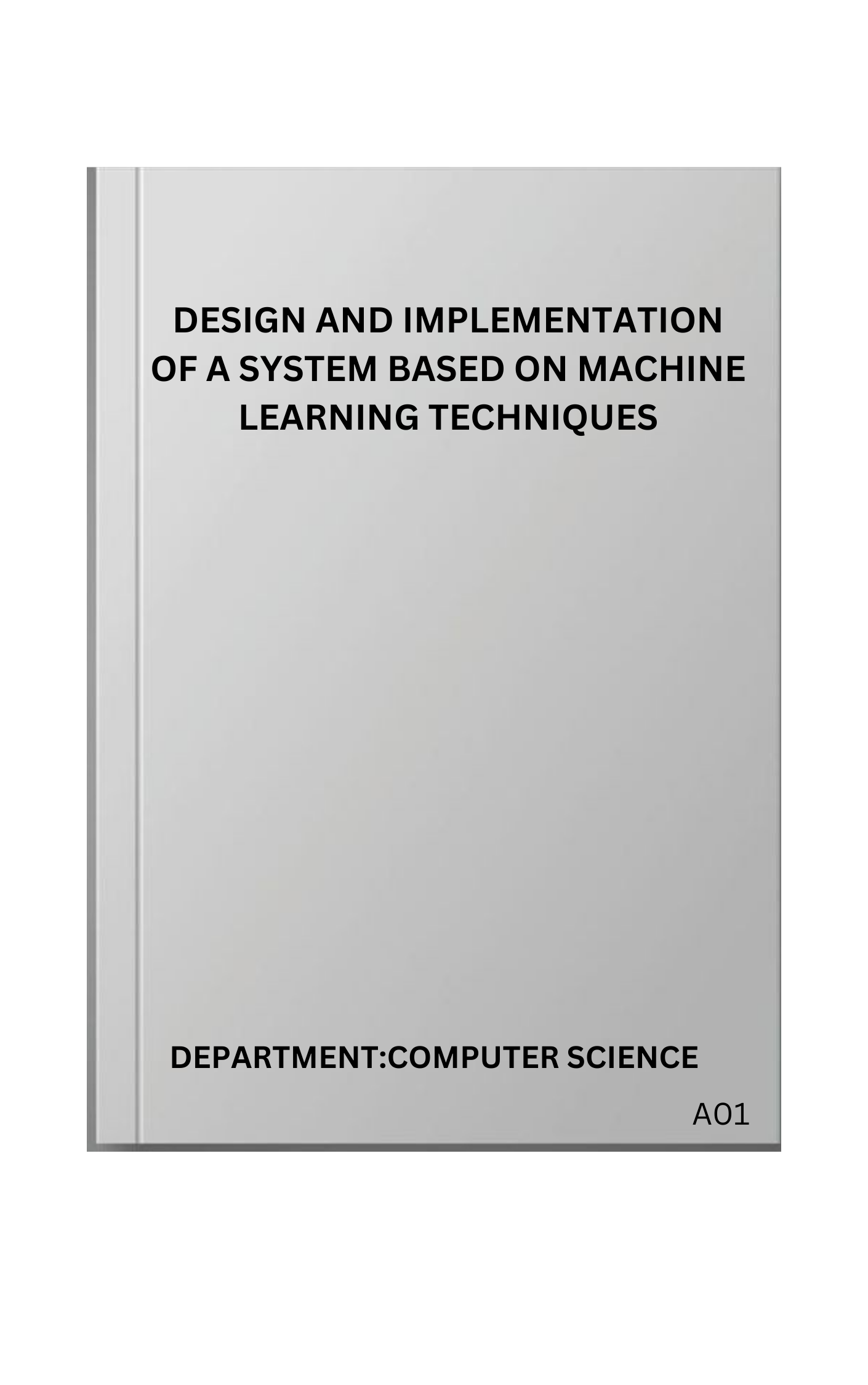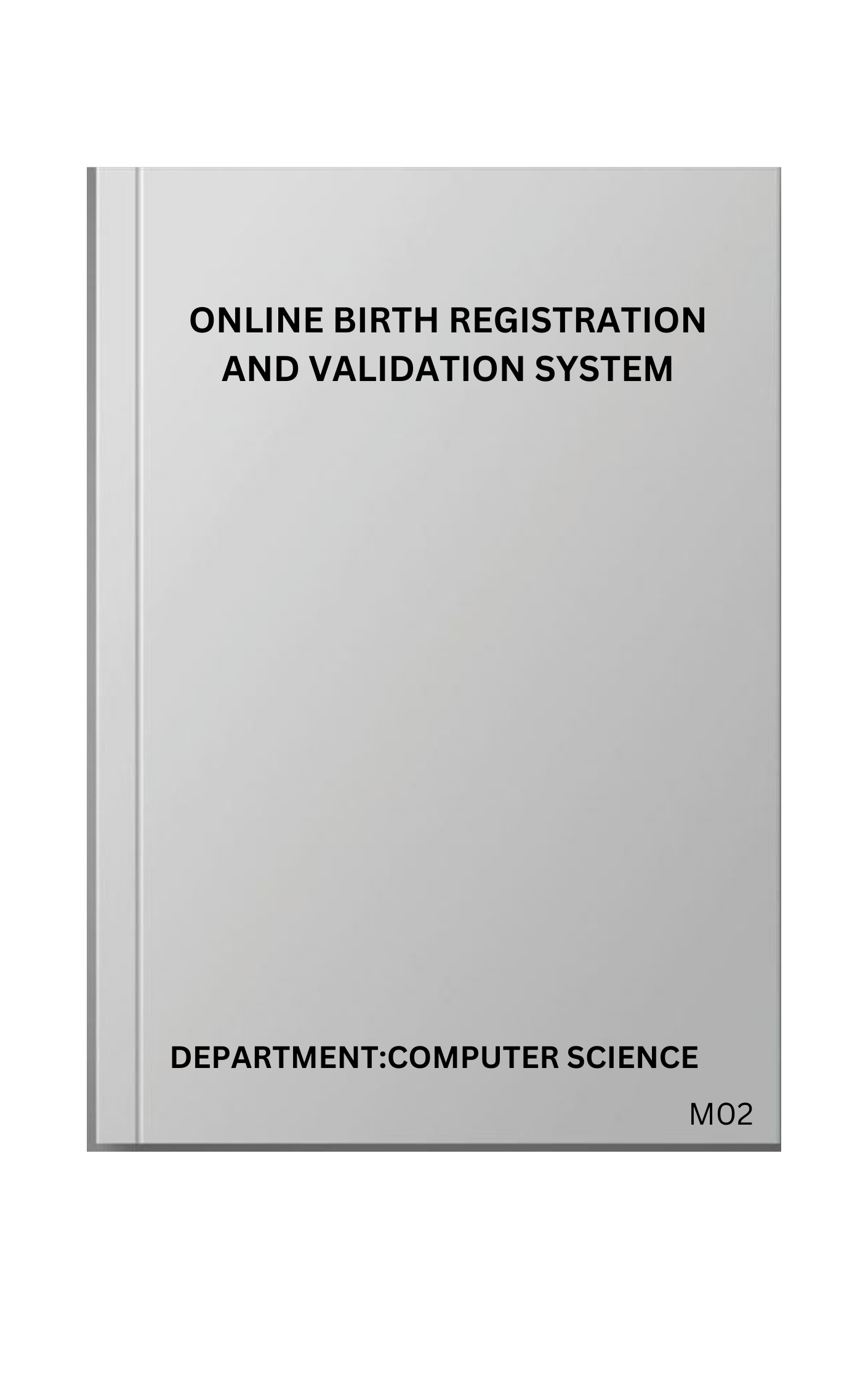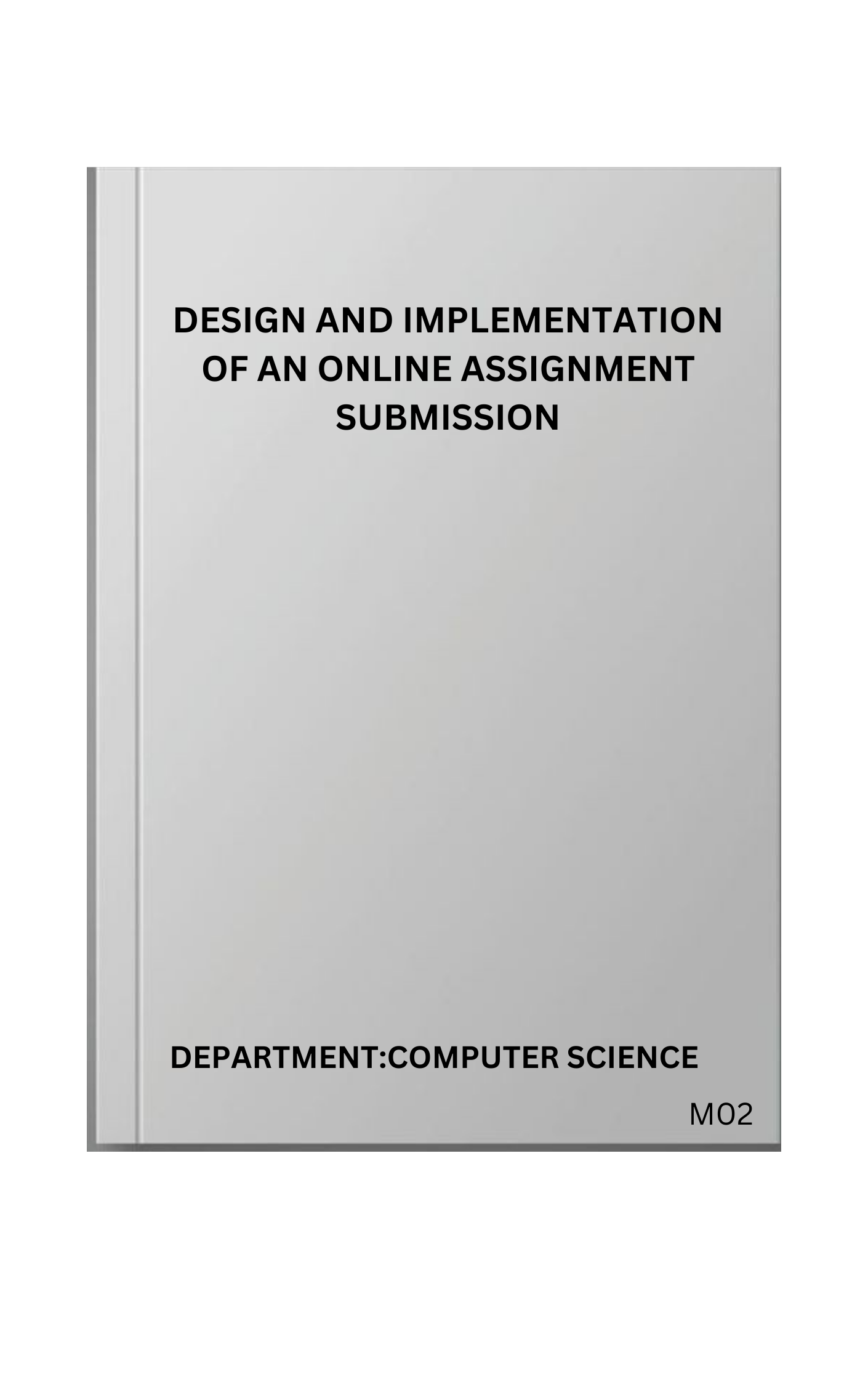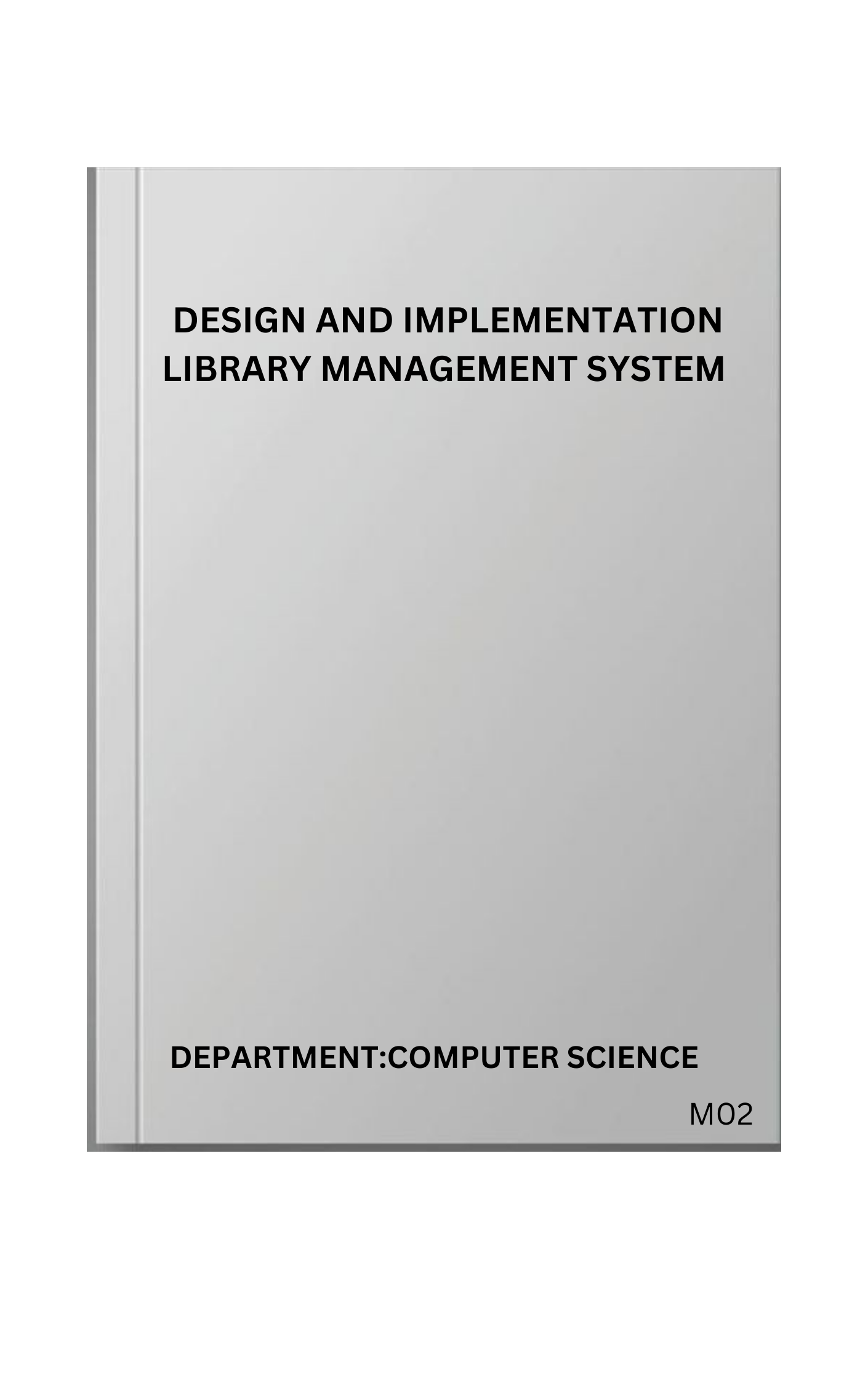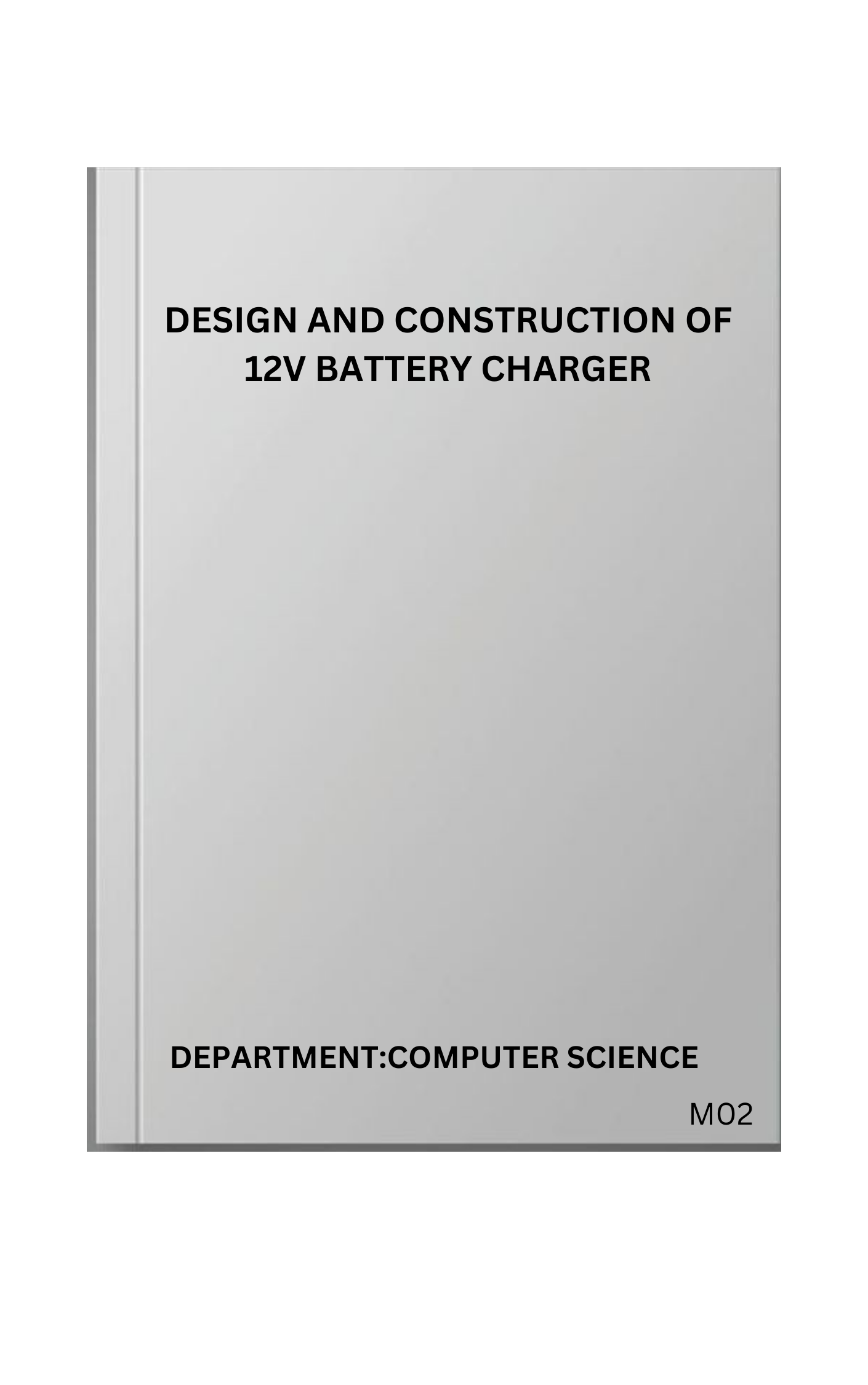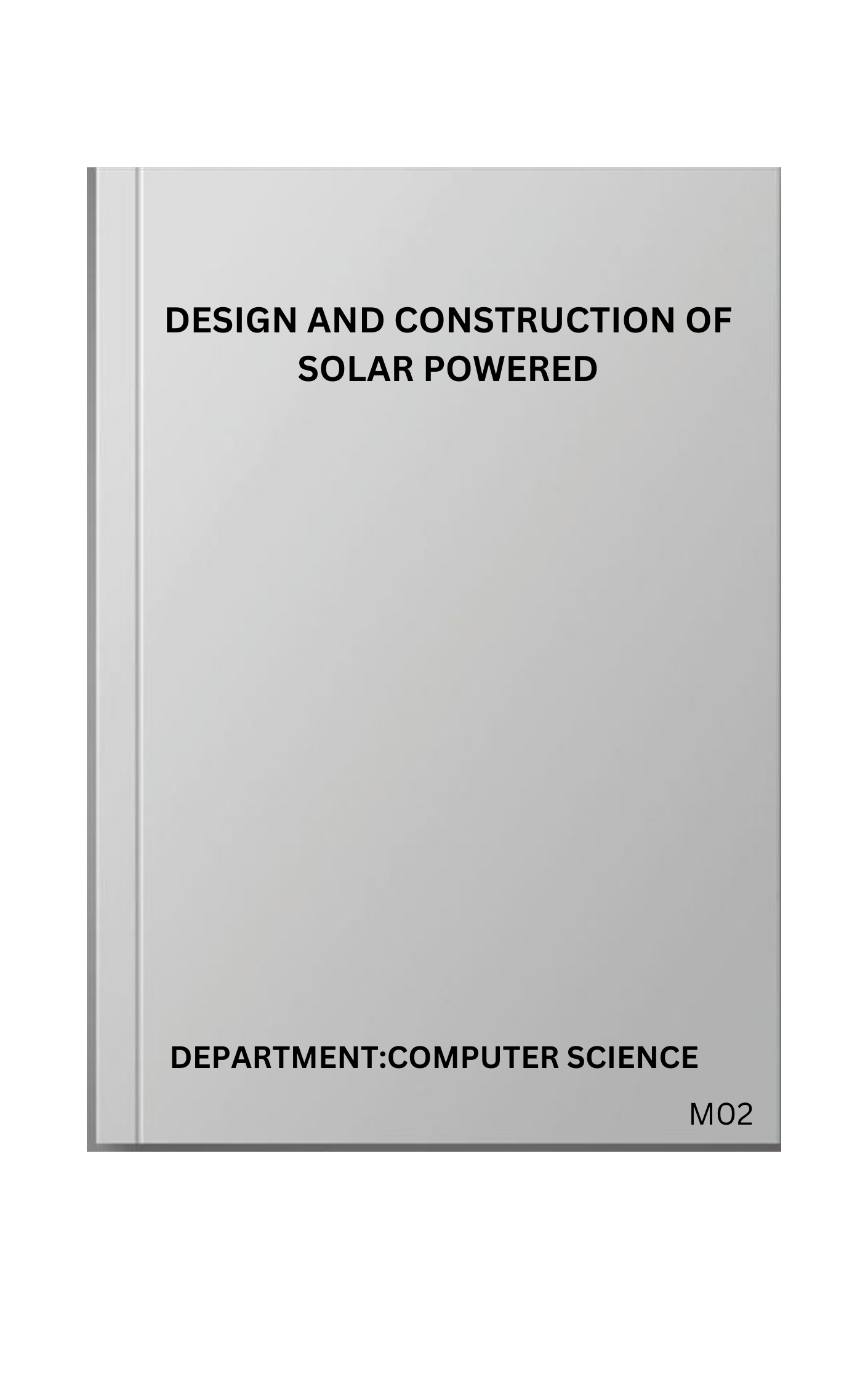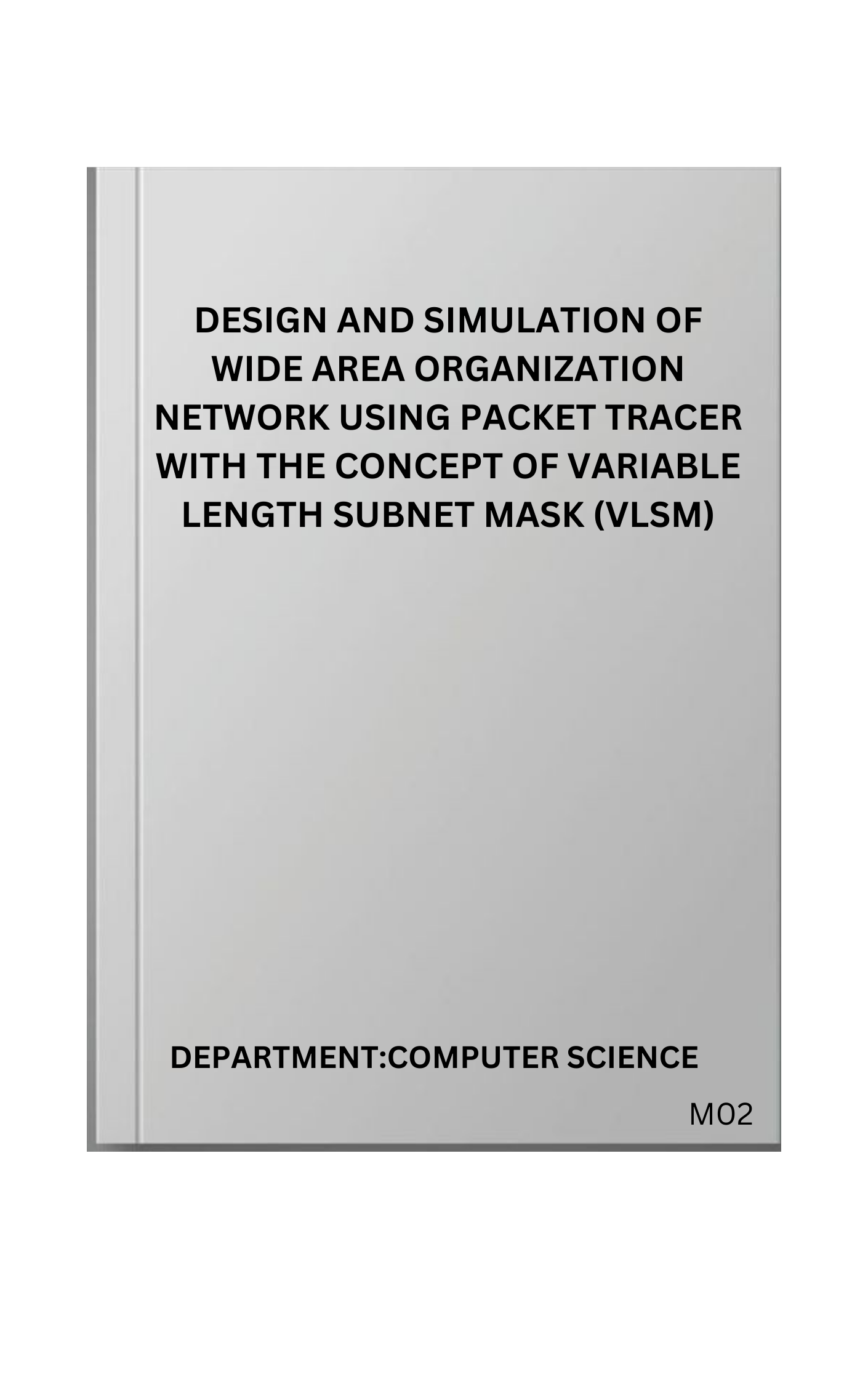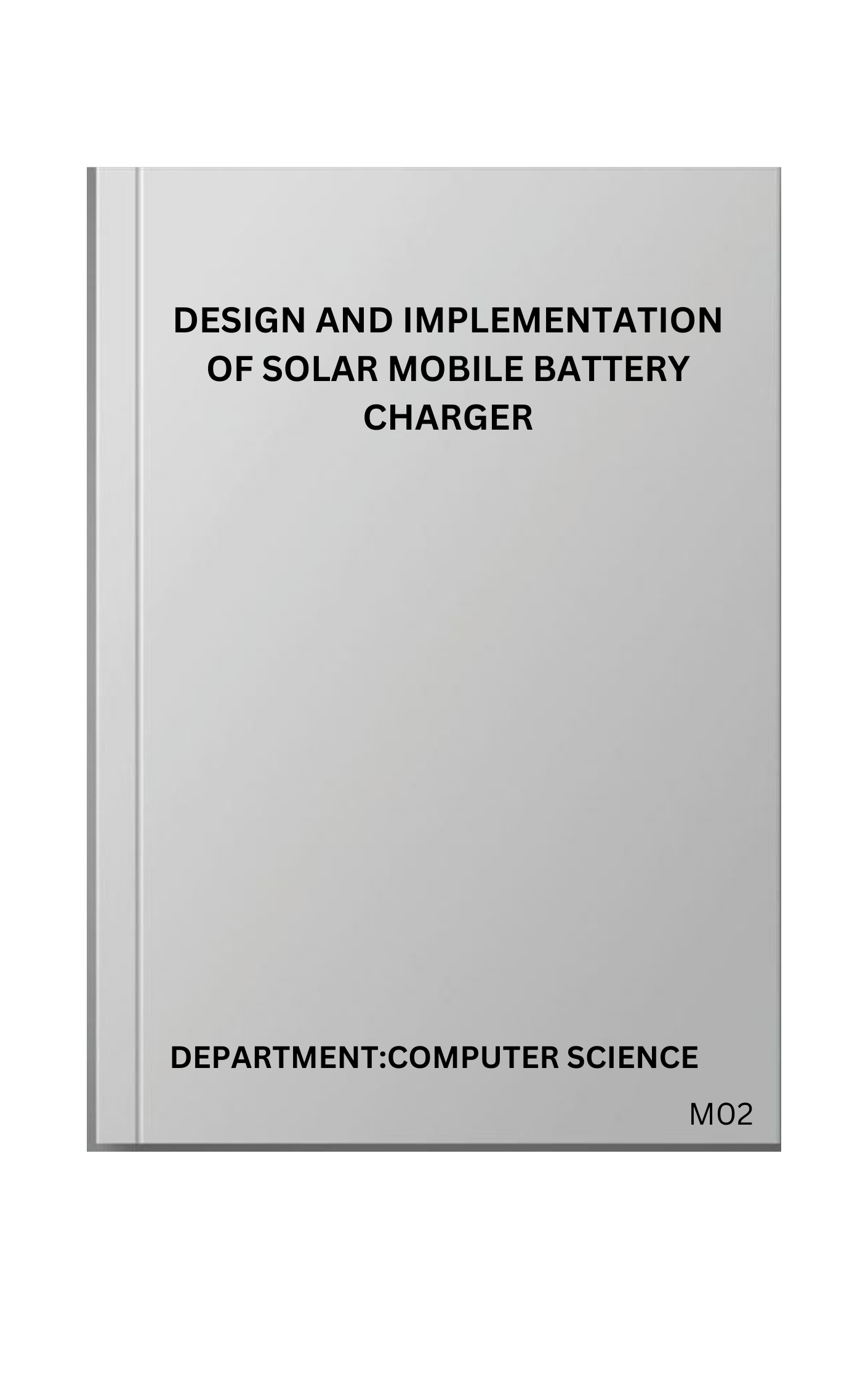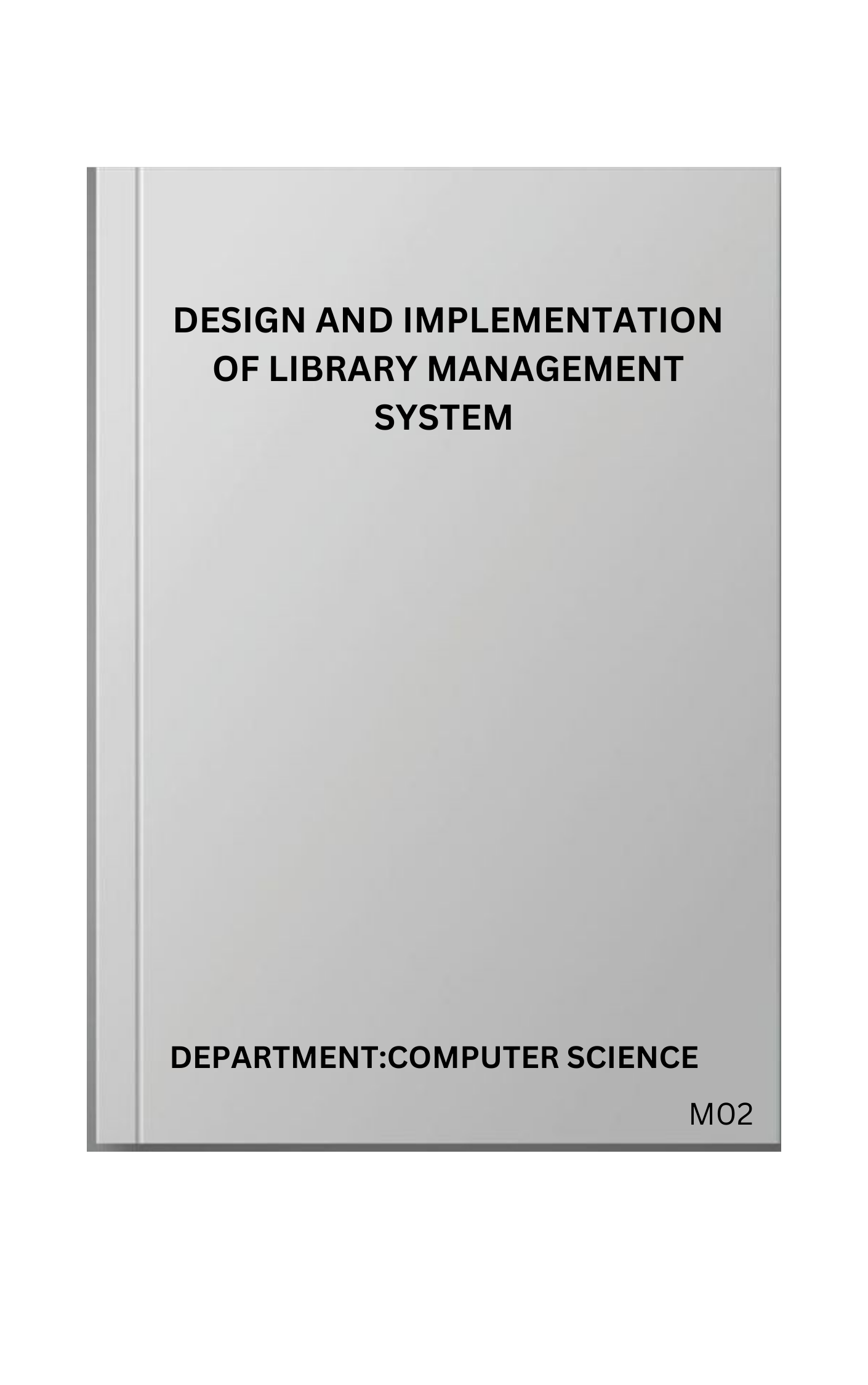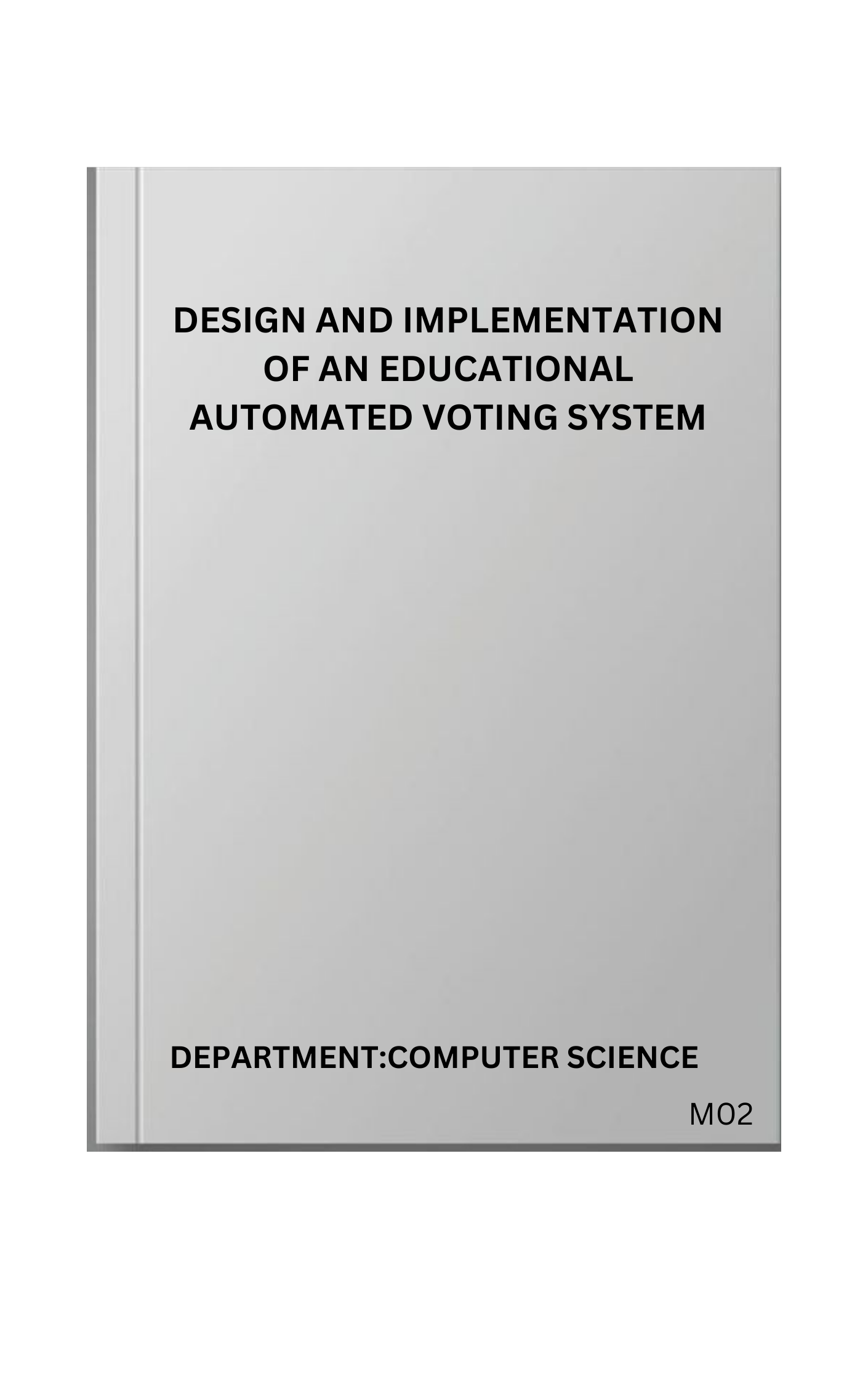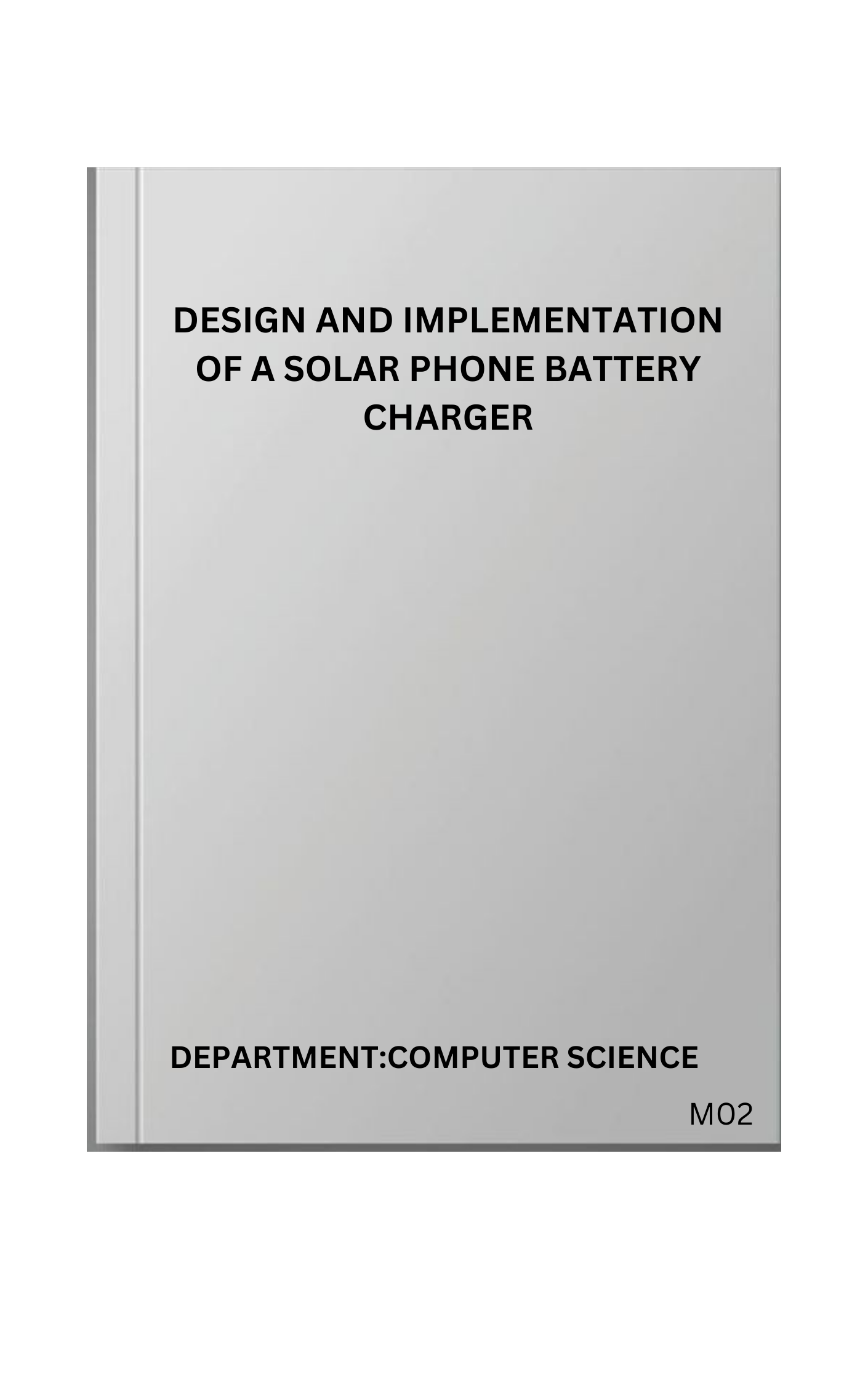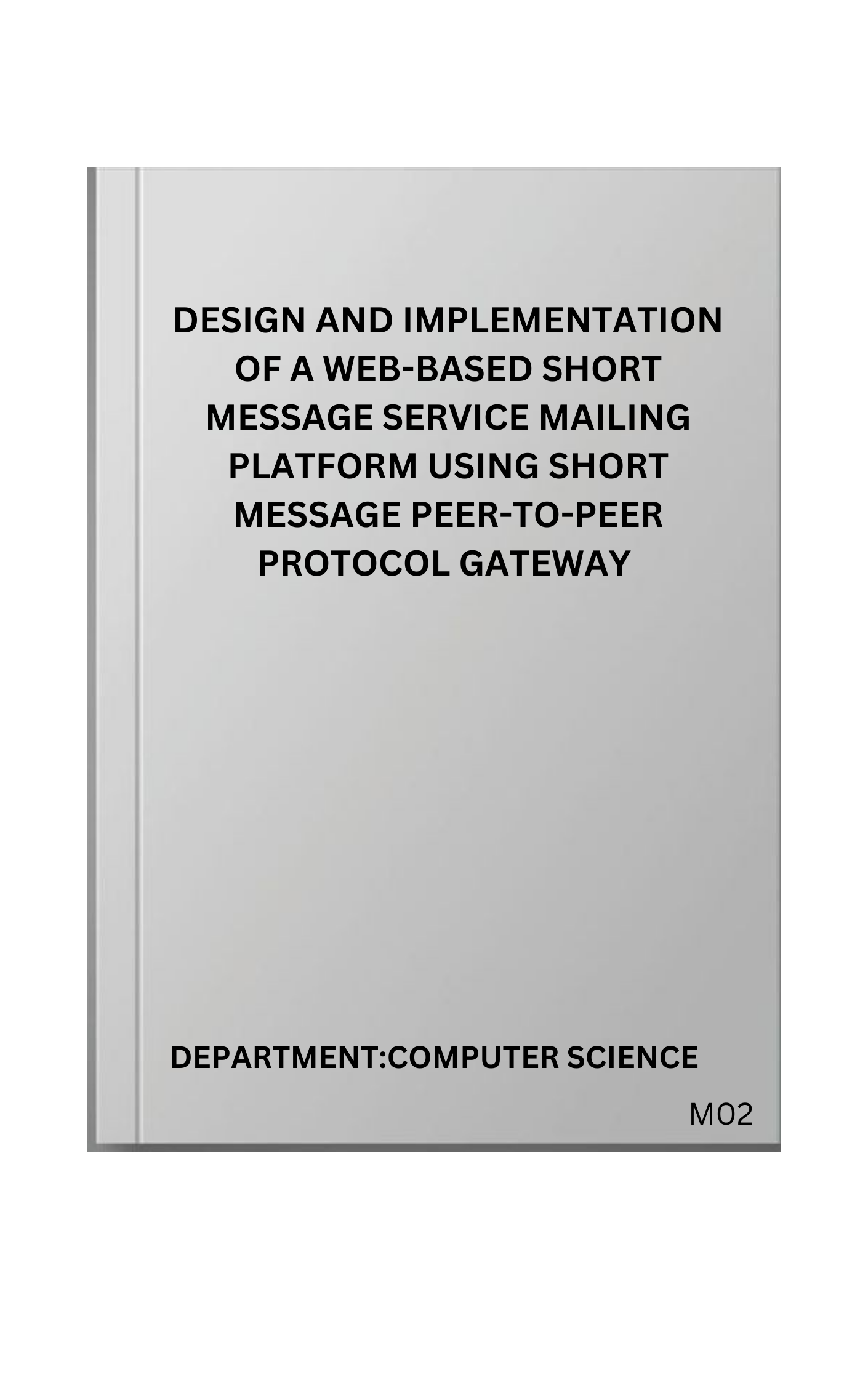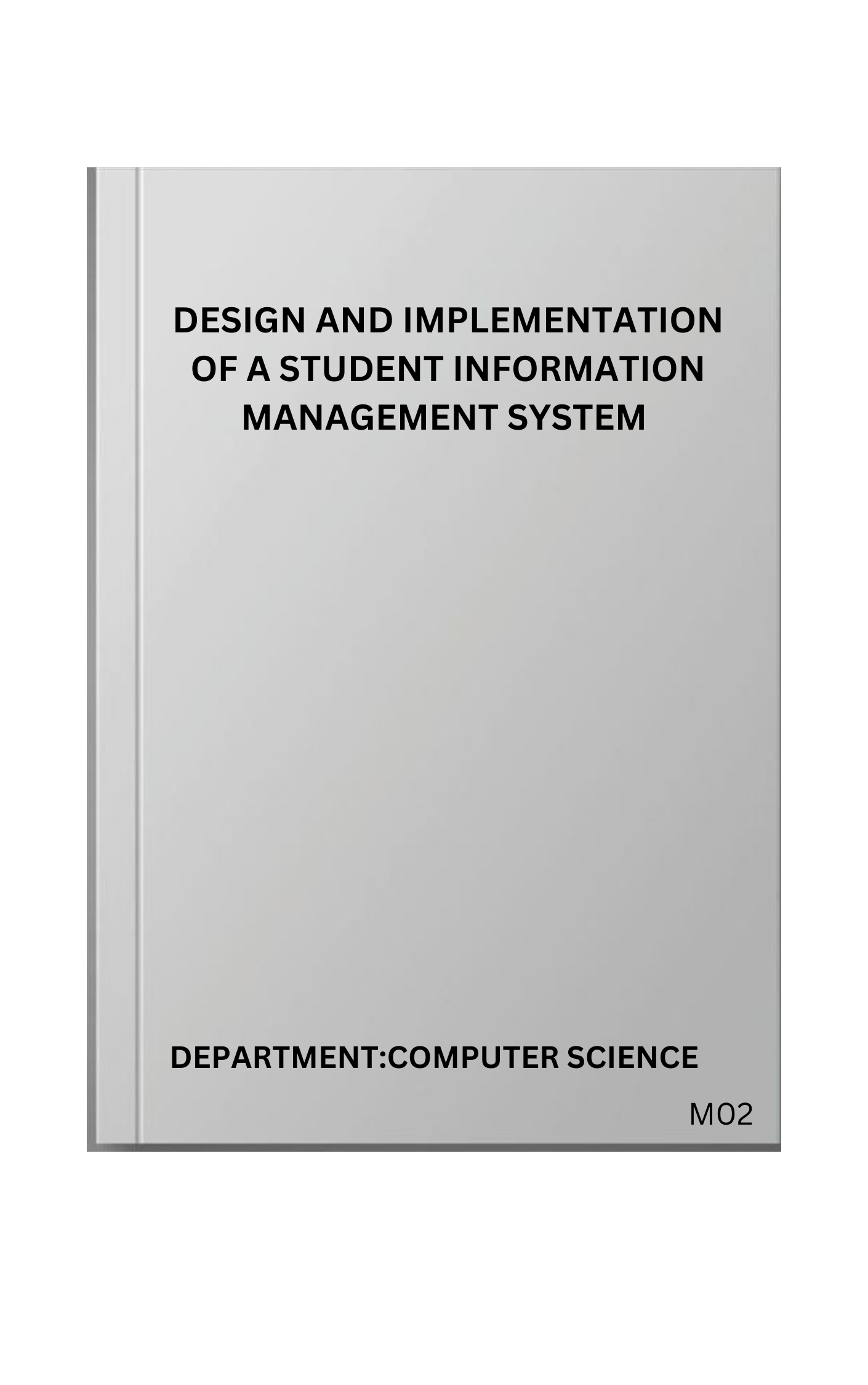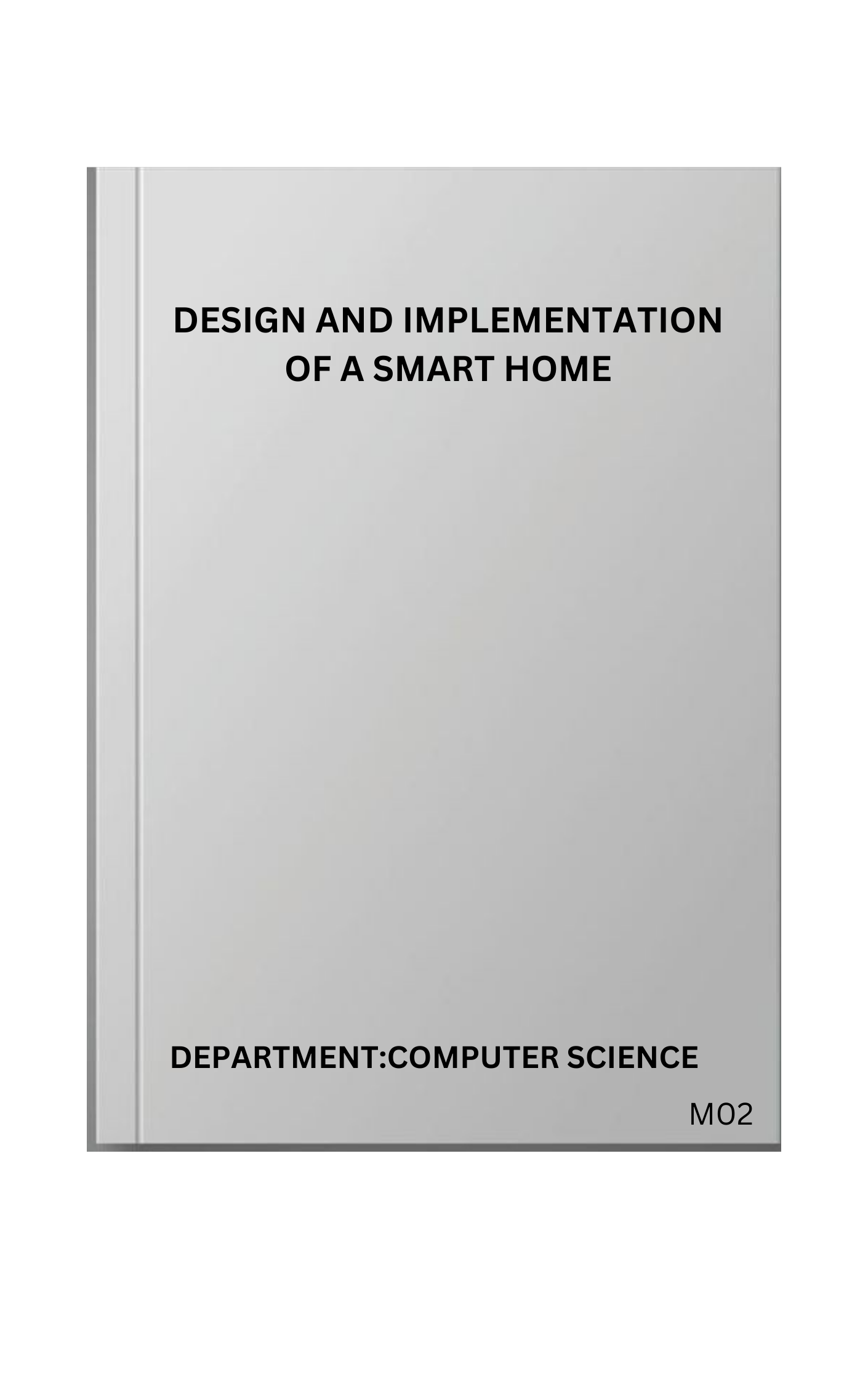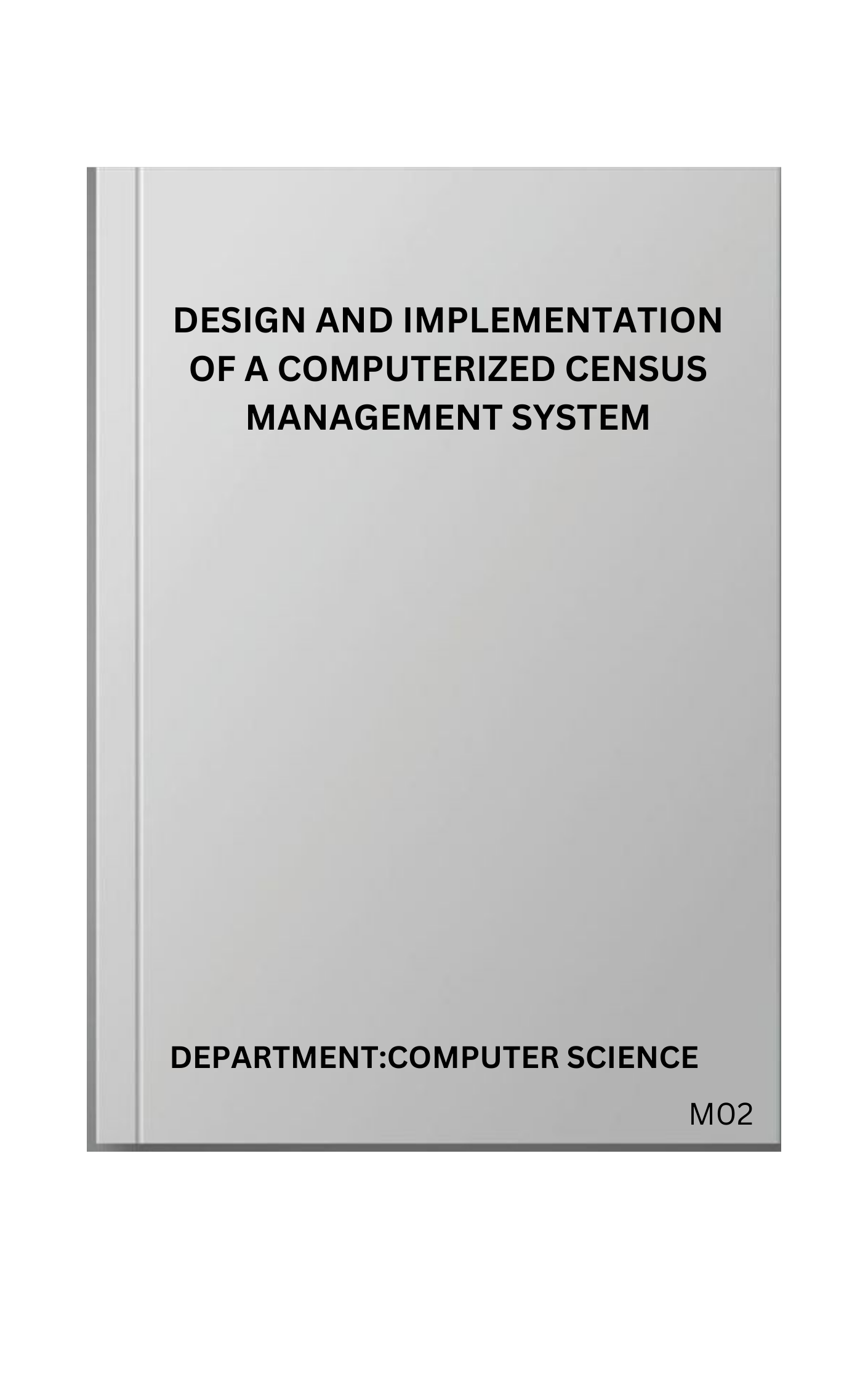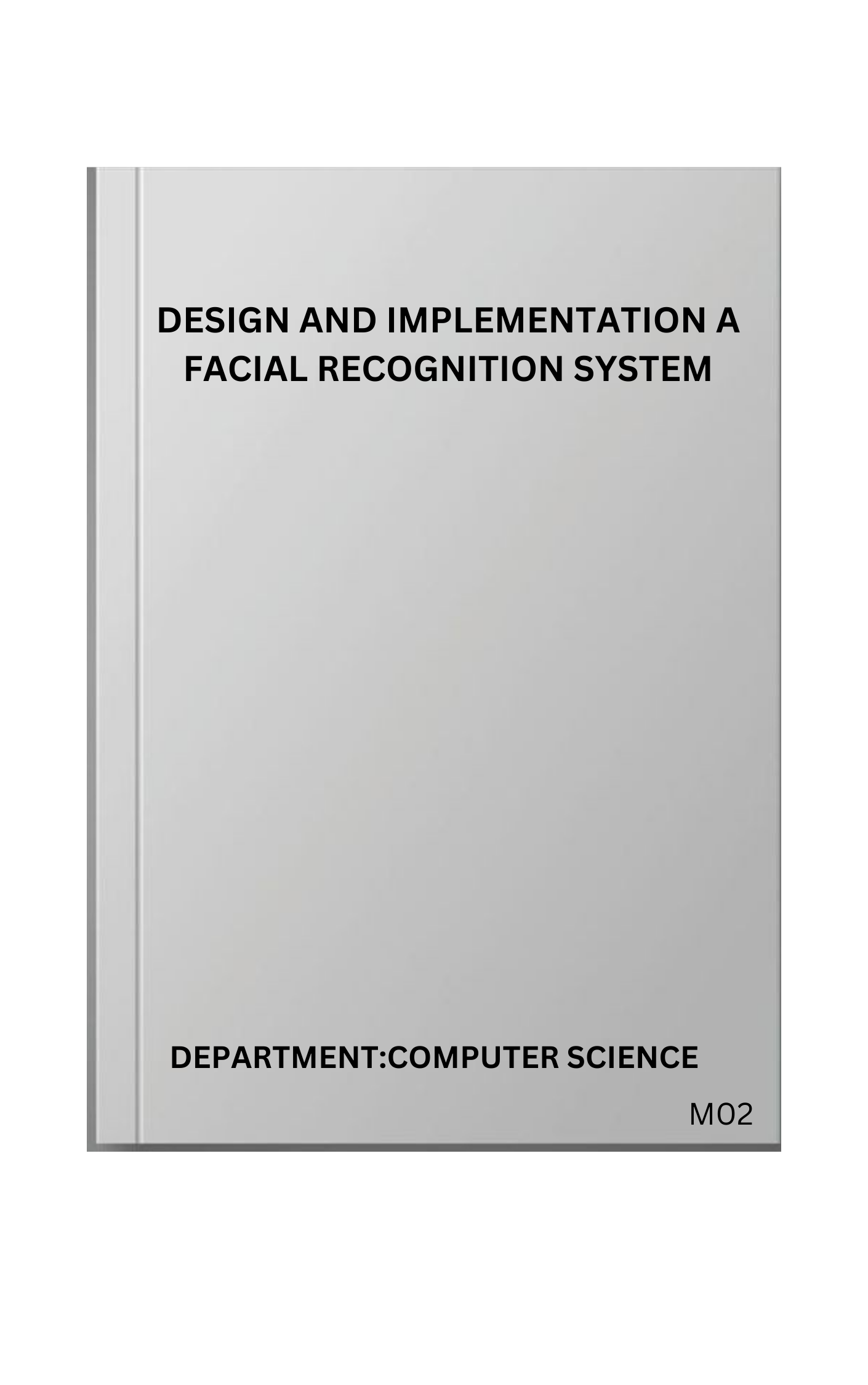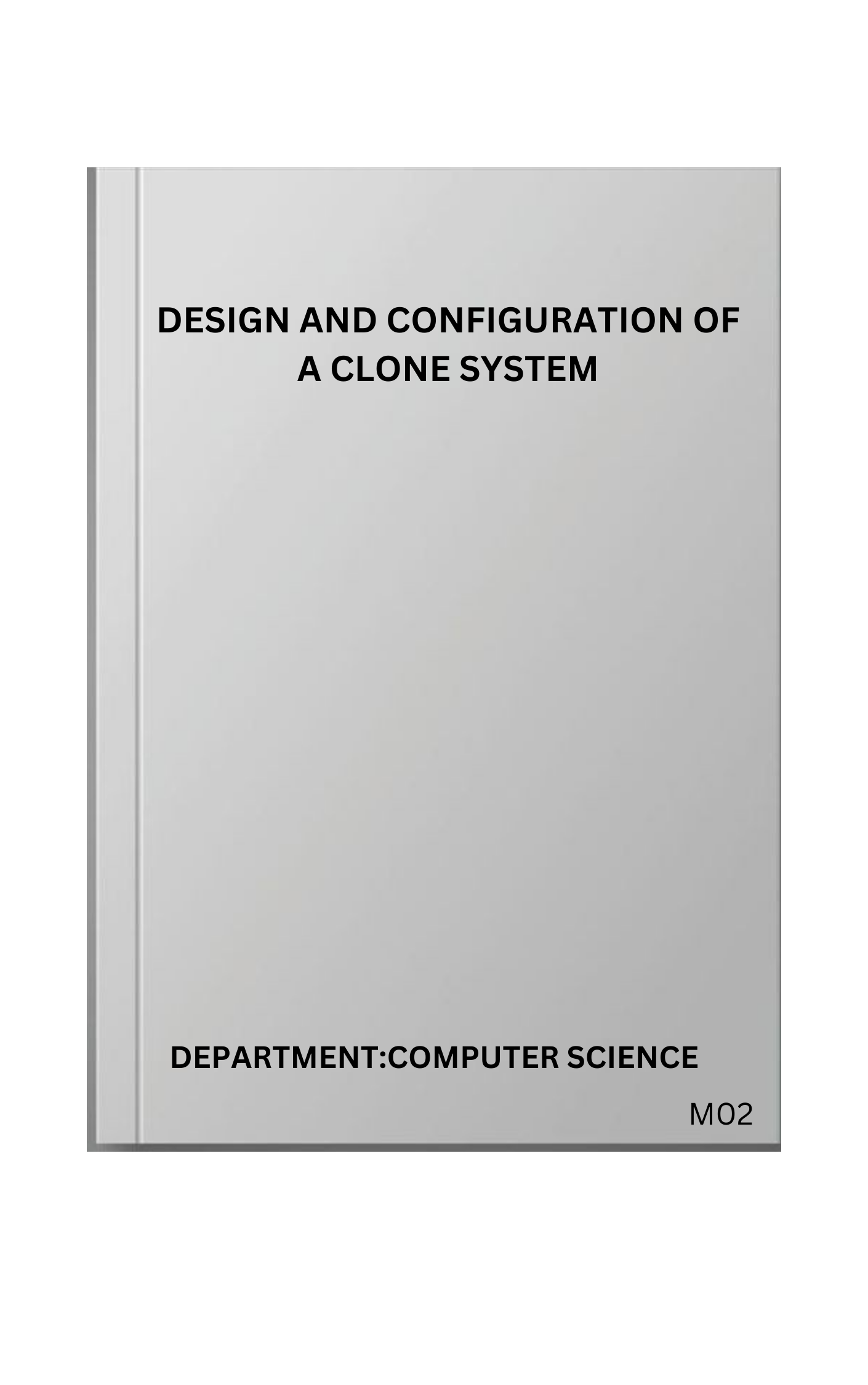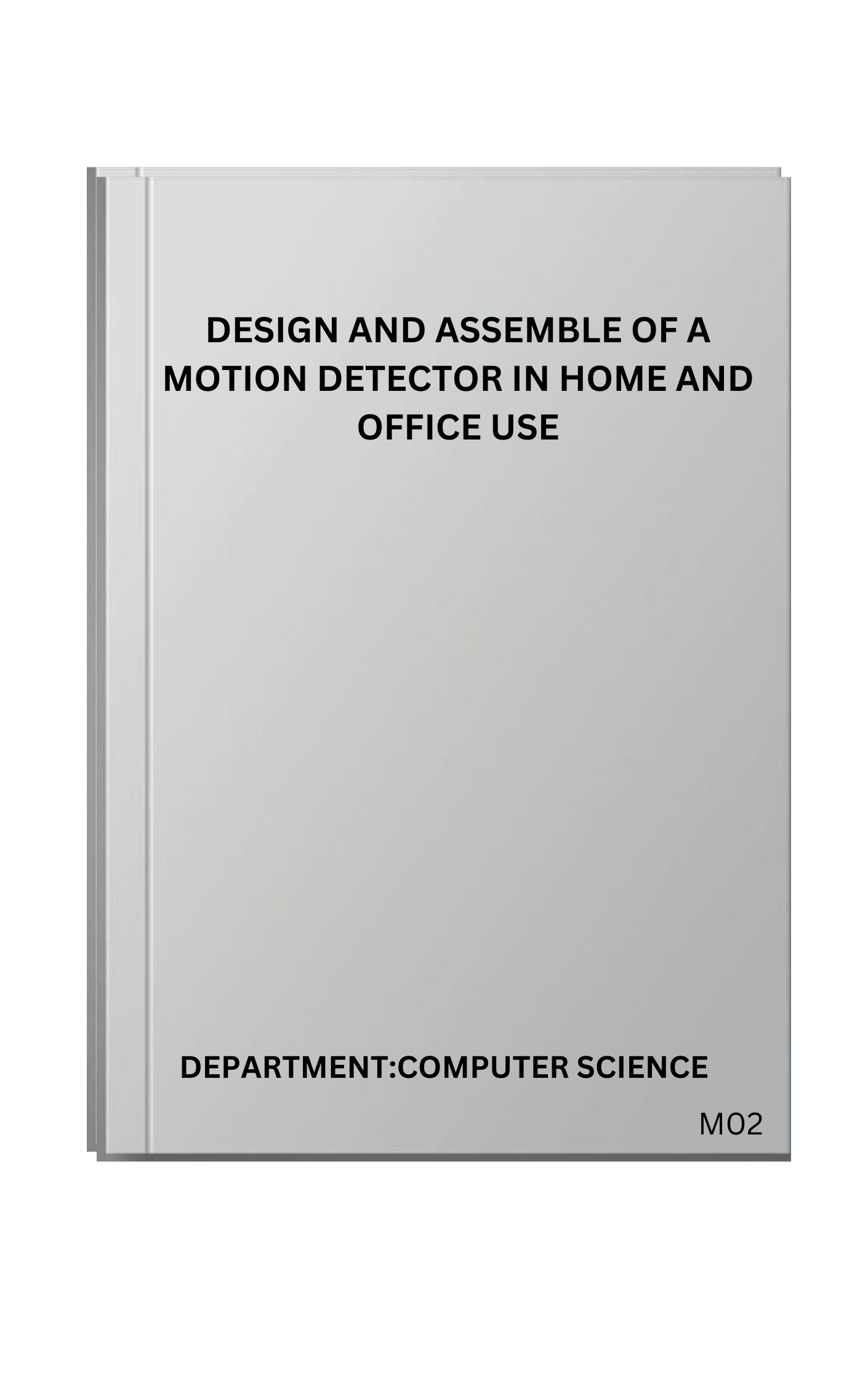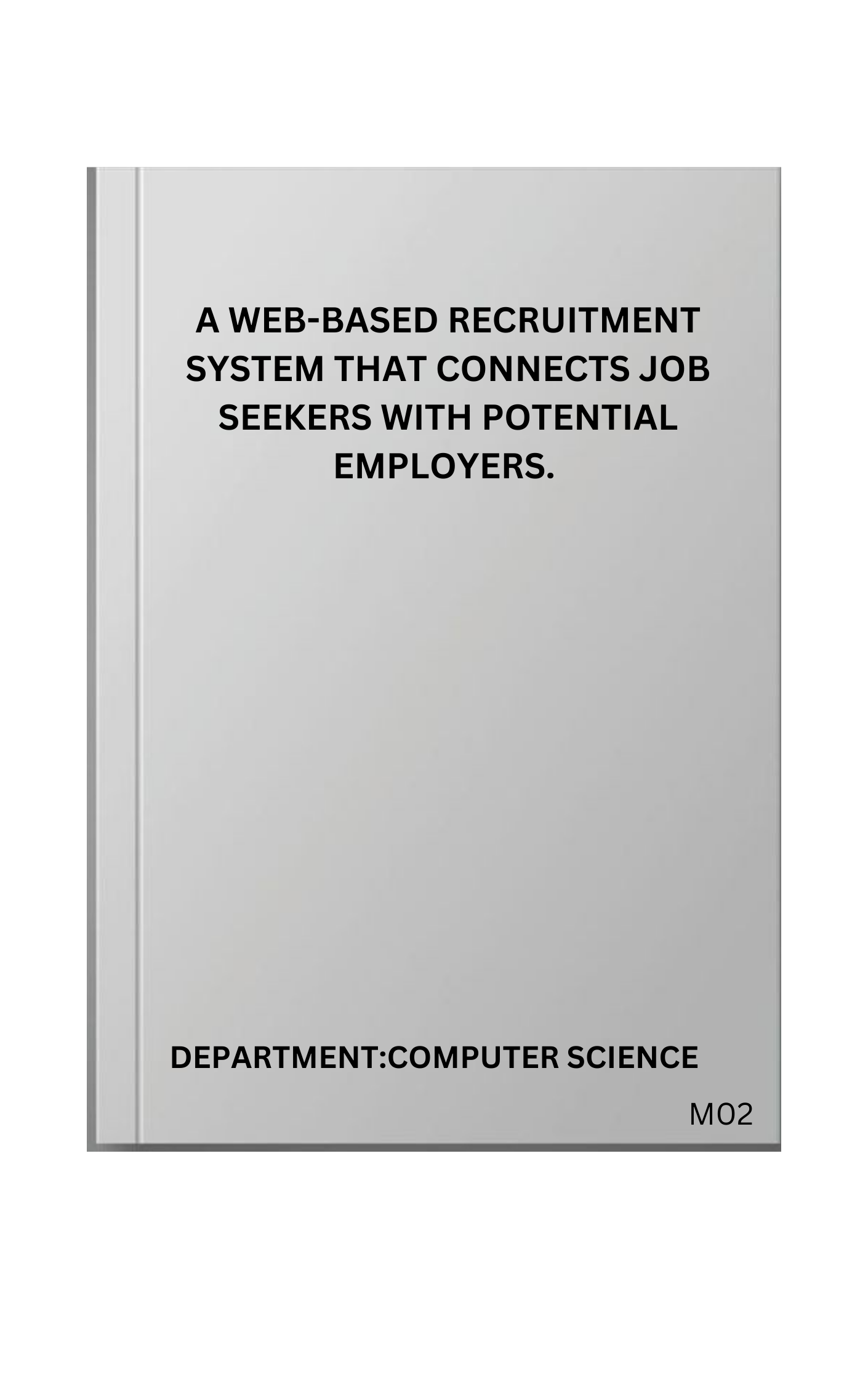CHAPTER ONE
INTRODUCTION
1.1 BACKGROUND OF STUDY
Cities are growing faster than governments can create the necessary infrastructure or pass and enforce the laws that make city living safe, enjoyable, and healthy in many nations. Okafoagu, Oche, Gana, Ango and Yunusa (2017) noted that due to the usage of fuel for almost all technological advancements, greenhouse gases has increased causing the ozone layer to be depleted, which has had a negative impact on climatic change. According to the International Energy Agency (2018) estimates, 890 million people in the sub-Saharan region cook with conventional energy sources such firewood, animal excrement, charcoal, crop residue, etc., while 600 million people in the region lack access to electricity. It is appropriate to state that ensuring access to affordable, dependable, sustainable, and modern energy for all is essential to achieving the most coveted Sustainable Development Goal number seven (7) set for 2030 (United Nation Environment Programme (UNEP) 2019)). Individuals, governments, and nonprofit organisations have recognised the need to adopt a more environmentally friendly fuel alternative to fossil fuel and other fuel sources that generates a large quantity of greenhouse gases in order to offset the impact of greenhouse gas usage on the environment and people (ELsayed, Ahmed, and Mohamed 2018). Among other fuel alternatives, Liquefied Petroleum Gas (LPG) and Compressed Natural Gas were used to protect the environment from further harm. Because LPG doesn't emit any are also minor levels of sulphur dioxide (SO2) and particulate matter (PM), as well as gaseous pollutants like nitrogen oxides (NOx), carbon monoxide (CO), and organic chemicals (Okafoagu, Oche, Gana, Ango and Yunusa 2017). Burner design, burner modifications, boiler operational settings, and flue gas venting are the main variables determining NOx, CO, and organic emissions. The product, which largely contains propane, is used to heat homes. Domestic and commercial use of LPG is the largest market, accompanied by the chemical and agricultural industries. Awoyinfa(2023), stated that by nature, LPG produces flammable gas that readily ignites when subjected to an ignition source. It is heavier than air, and gathers in low lying areas that are improperly ventilated, which has led to the adoption of LPG for both domestic and commercial use, which has resulted in new levels of fire hazards. Nations around the world have kept records of incidents involving fire threats brought on by LPG home and commercial sources. Recent LPG station explosions in Romania resulted in multiple explosions that killed two persons and injured over twelve others (Alex 2023)). A private LPG cylinder company in India was destroyed by fire, according to claims from The Times of India (2022), resulting in the deaths of two persons and the serious injuries of ten more. Additionally, it was stated that some cylinders kept in units during the incident exploded, causing significant damage. A well-known cooking gas factory along the Effurun/Sapele route in Delta State's Uvwie Government Area was shaken by a fire explosion. According to Awoyinfa (2023), two attendants were killed and seven others injured in the Ogun gas plant explosion in the Adigbe neighbourhood of Abeokuta, Ogun State. Four stores were also destroyed in the event, and a motorbike and a Toyota vehicle that was parked inside the petrol station were both set on fire. The number of casualties reported in an incident depends on how well prepared people were to lessen the impact of any crisis, such as fire disaster caused by an LPG explosion. On the other hand, the degree of readiness is dependent on the level of awareness, attitude, and practices of those (workers and others) discovered at the location where fire occurred. Based on this context, the study will examine the impact of level of awareness on attitude, and practice of gas station employees, customers even others in the event of a fire.
1.2 AIM OF THE STUDY
The aim of the assessment of the safety awareness, attitude and practices of IPG station workers and customers towards fire emergency response in delta state
PAY TO GET COMPLETE PROJECT

